AN12
ARTNOIR was founded in 2013 as a global creative collective, with a mission to connect and nurture the next generation of Black and brown artists, collectors, and curators of color. This year we are proud to launch AN12, an annual spotlight on twelve emerging artists who are inspiring our community, and the world, to rethink and reimagine Black and Brown narratives.
This dynamic list of creatives represent some of the brightest Black and Brown voices of their generation. Their rituals of creation, with visibility and care, was healing and provided a hope for a better future, a lens that we are proud to share with our community. The ARTNOIR family takes pride in elevating the inaugural AN12 artists at the turn of the year, and with continued development and support . In the upcoming year, we remain committed to fostering these relationships and bringing our community more opportunities to engage with these stellar artists -- their studios, their practices, their work, and their collections. Our focus is on designing a future where greatness is realized, and wellness is centered.
This year’s selected artists hail from three continents and represent a diverse range of perspectives from across the African Diaspora. Many of the artists, like Greg Breda, have significant bodies of work from longstanding careers as professional artists. Others, like February James, are emerging artists who are fervently working to develop their practice. Each of the selected artists including Aya Brown, Joy Labinjo, Patrick Quarm, Cassi Namoda, Ludovic Nkoth, Thenjiwe Niki Nkosi, Dario Calmese, Jammie Holmes, Greg Breda, February James, Nate Lewis, and Tiffany Alfonseca, consistently create fresh, challenging, and deeply affirming works. Their commitment to elevating their respective communities, left a powerful impression on our hearts and minds.
Artist reviews were conducted by the seven founders of ARTNOIR: Larry Ossei-Mensah, Carolyn “CC” Concepcion, Danny Baez, Isis Arias, Jane Aiello, Melle Hock, and Nadia Nascimento. We also invited an external committee of artists, collectors, curators, writers, and cultural patrons to help determine the final 12 artists that would found the inaugural AN12 cohort. Each member of the external committee is an extension of the ARTNOIR family. Their critical points of view and invaluable knowledge helped us handpick a stellar selection of artists. We are grateful for our Committee’s tireless commitment to supporting Black and brown art and culture ecosystems. Committee Members include; Jon Gray, (Collector, Founder of Ghetto Gastro), Kyla McMillan, (Gallery Director, David Zwirner), Ann Binlot, (Art writer and critic), Angelik Vizcarrondo Laboy, (Curator at Museum of Arts & Design), Alexandria Smith, (Artist + Head of Painting at Royal College of Art).
Arriving at the inaugural class of AN12 from a shortlist of 40 international emerging artists with the help of the external voting committee was a challenge -- and we are grateful to be surrounded by the global artist community who continue to shine a light on the healing past into a collective future. Aligning with the spirit of 2020, this selection process remained a consistent revealer; that we are amongst the interpreters of our own culture, who provide space, solace, celebration, and the mirror we need to reaffirm our collective legacy.
We are honored to share the stories and contributions of AN12, and we cannot wait to see what’s next for them in 2021.
Aya Brown
Photo credit: Jheyda McGarrell
Aya Brown (b. 1995, Brooklyn, NY) documents her lived experience as a Black woman and centers the history of Black lesbian women in an active celebration of all their unyielding magnificence, all of their strength, all of their softness. Her drawings and paintings on brown surfaces refuse whiteness as a standard and starting point. These works challenge what is seen and unseen and empower blackness and queerness in its labor, representation, visibility by expanding the form and forum they are presented within. Aya’s intimate collaboration with the subjects of her work radically holds space for the sovereign reclamation of each subject’s image and selfhood and positions Black women as the primary ‘essential workers‘ that, with all they do, carry, love, and create, make the world work. Aya’s work has been shown this year by the Brooklyn Public Library and featured in Artsy, Cultured, The New York Times, and Vogue.
February James
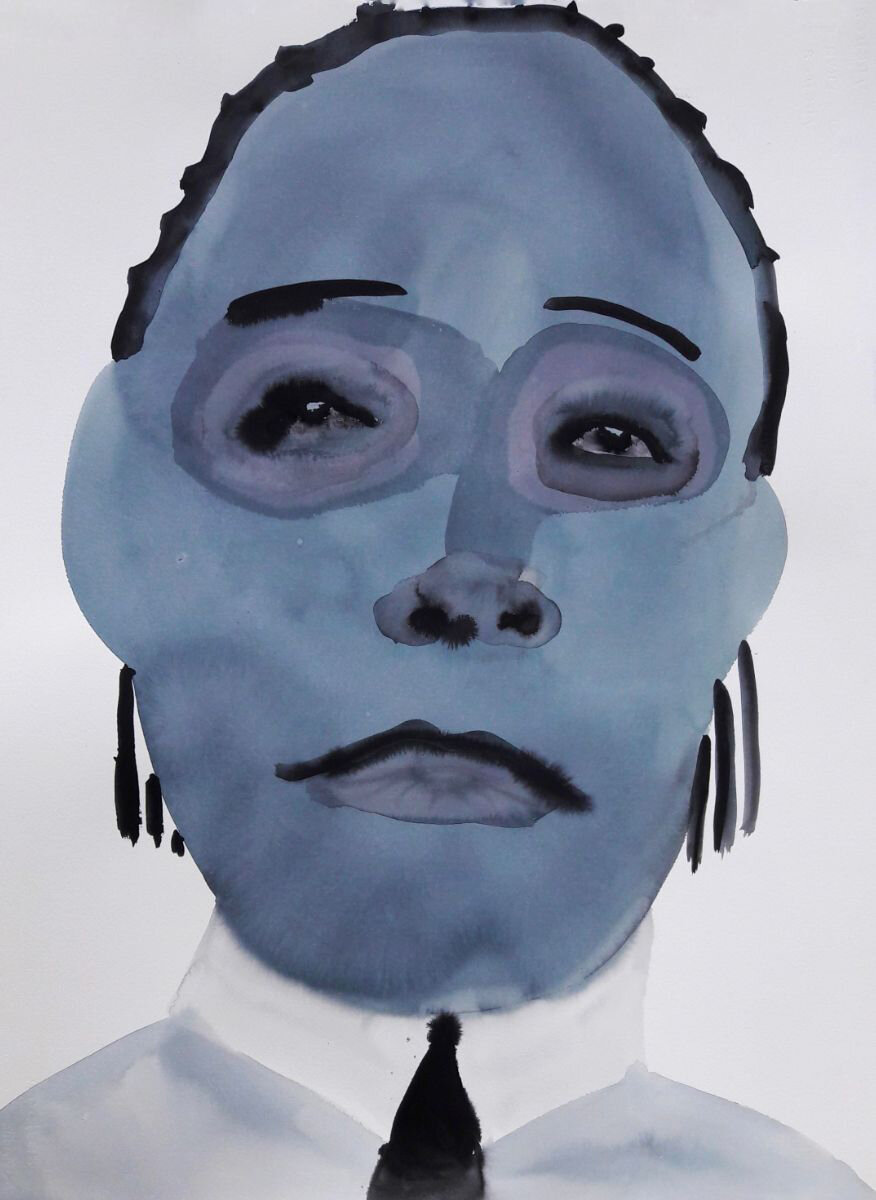

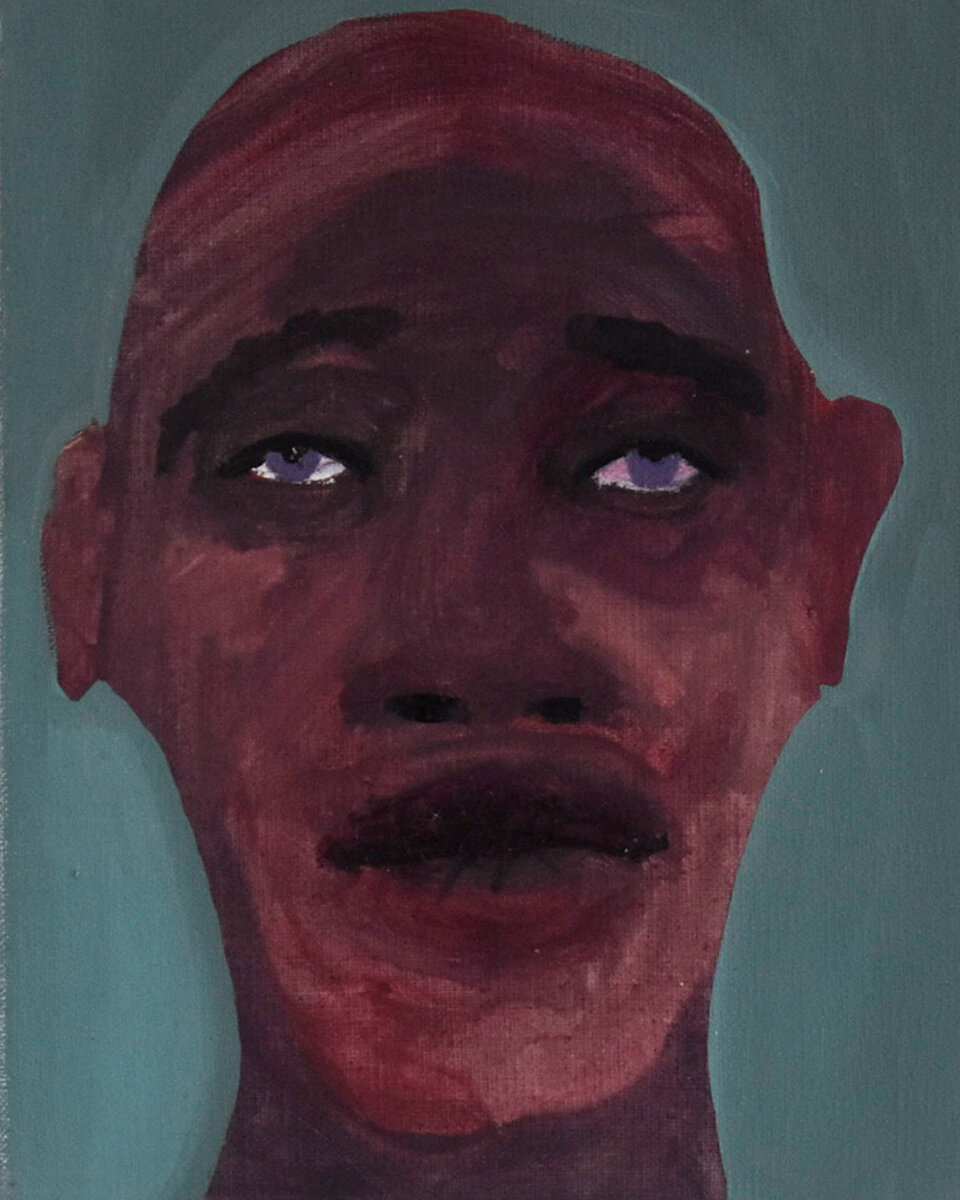
February James (Washington D.C) is an autodidactic artist based in Los Angeles creating ethereal oil pastel, watercolor, and graphite works on paper. James considers the work to be “an emotive tableau with empirical evidence”. The evidence resides in the mark-making, the gesture, and residual imprint: stained pages that reveal emotive presences. Her works have been exhibited at the LatchKey Gallery, Monique Meloche Gallery, and Luce Gallery in Turin, Italy.
Patrick Quarm

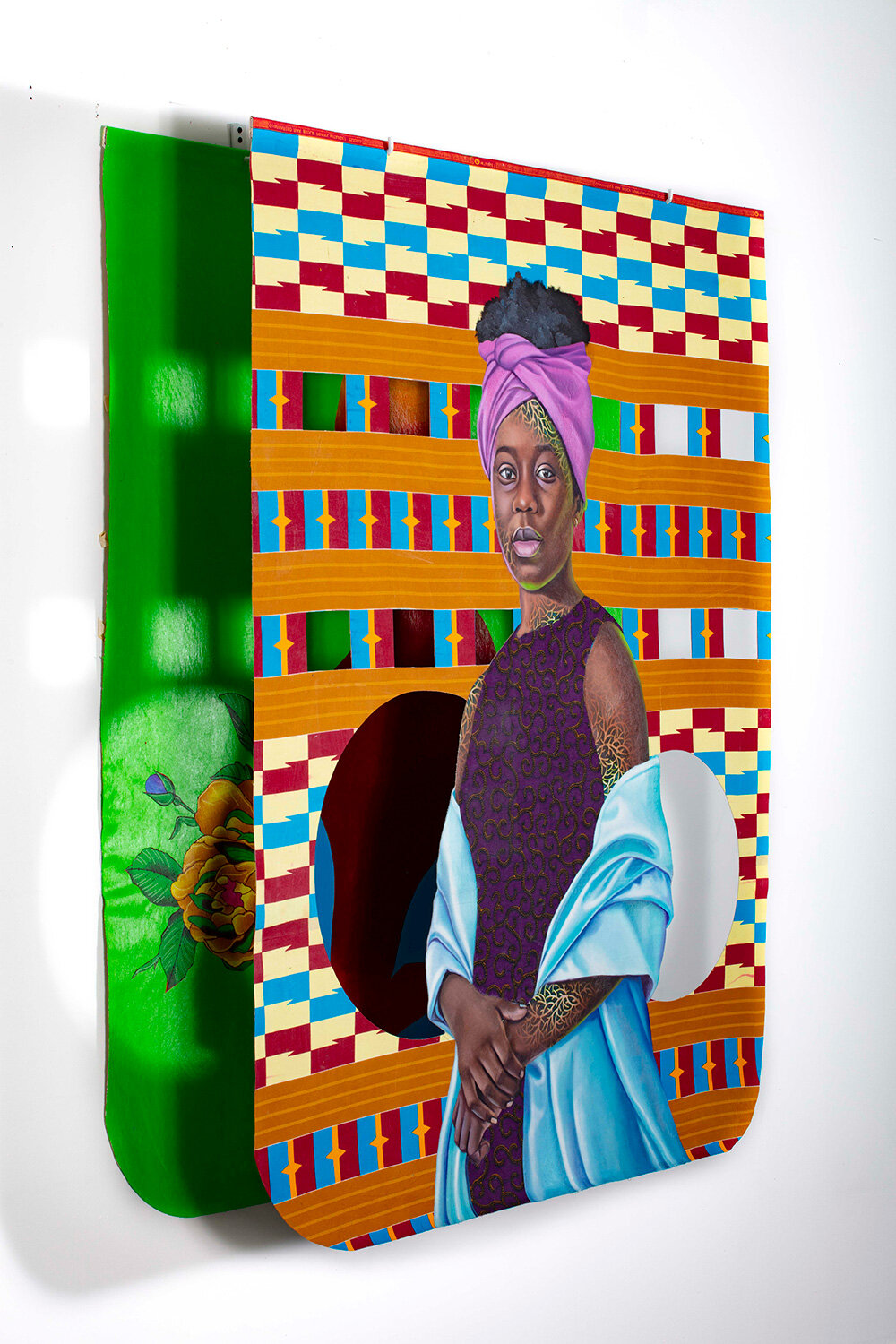
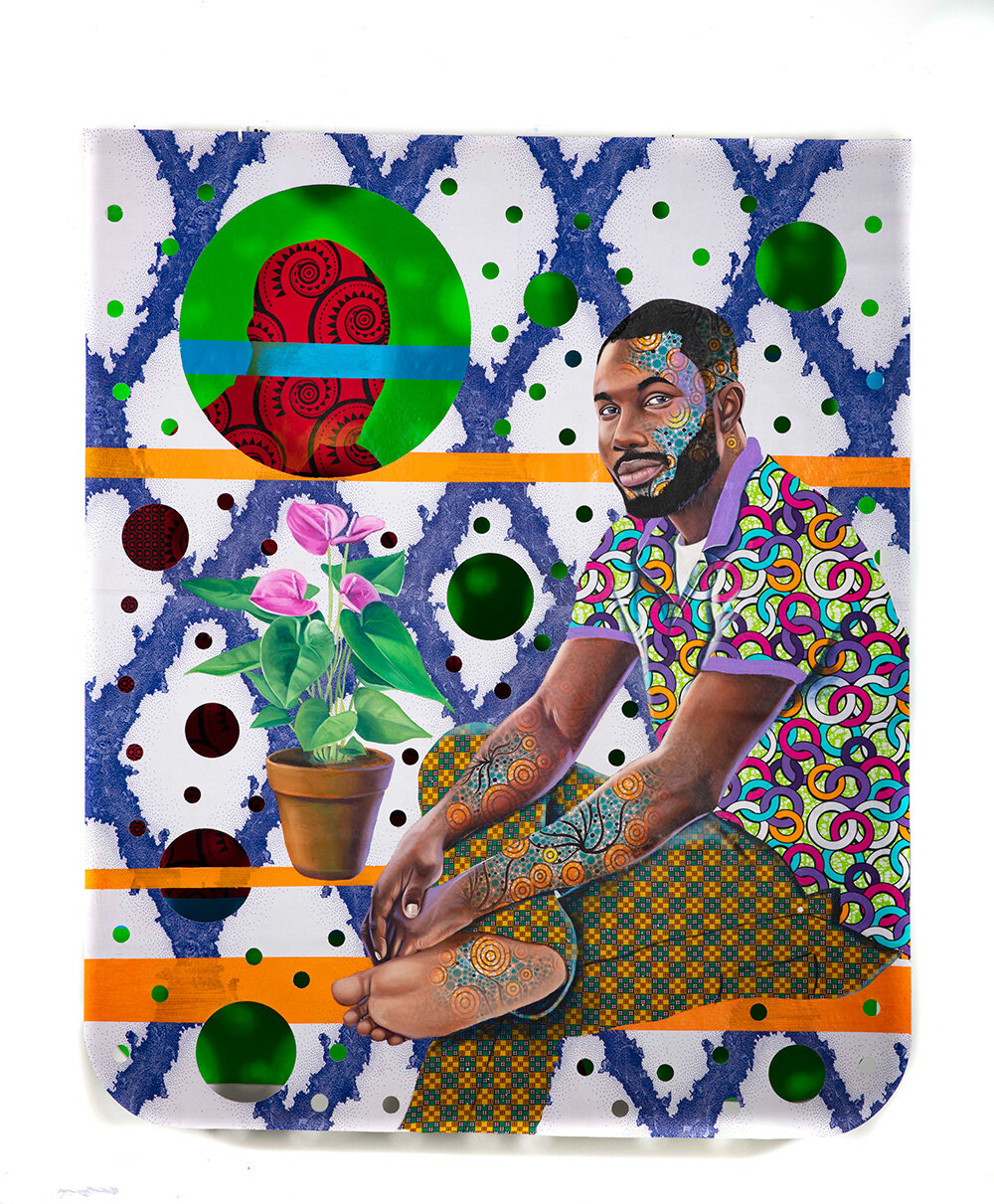
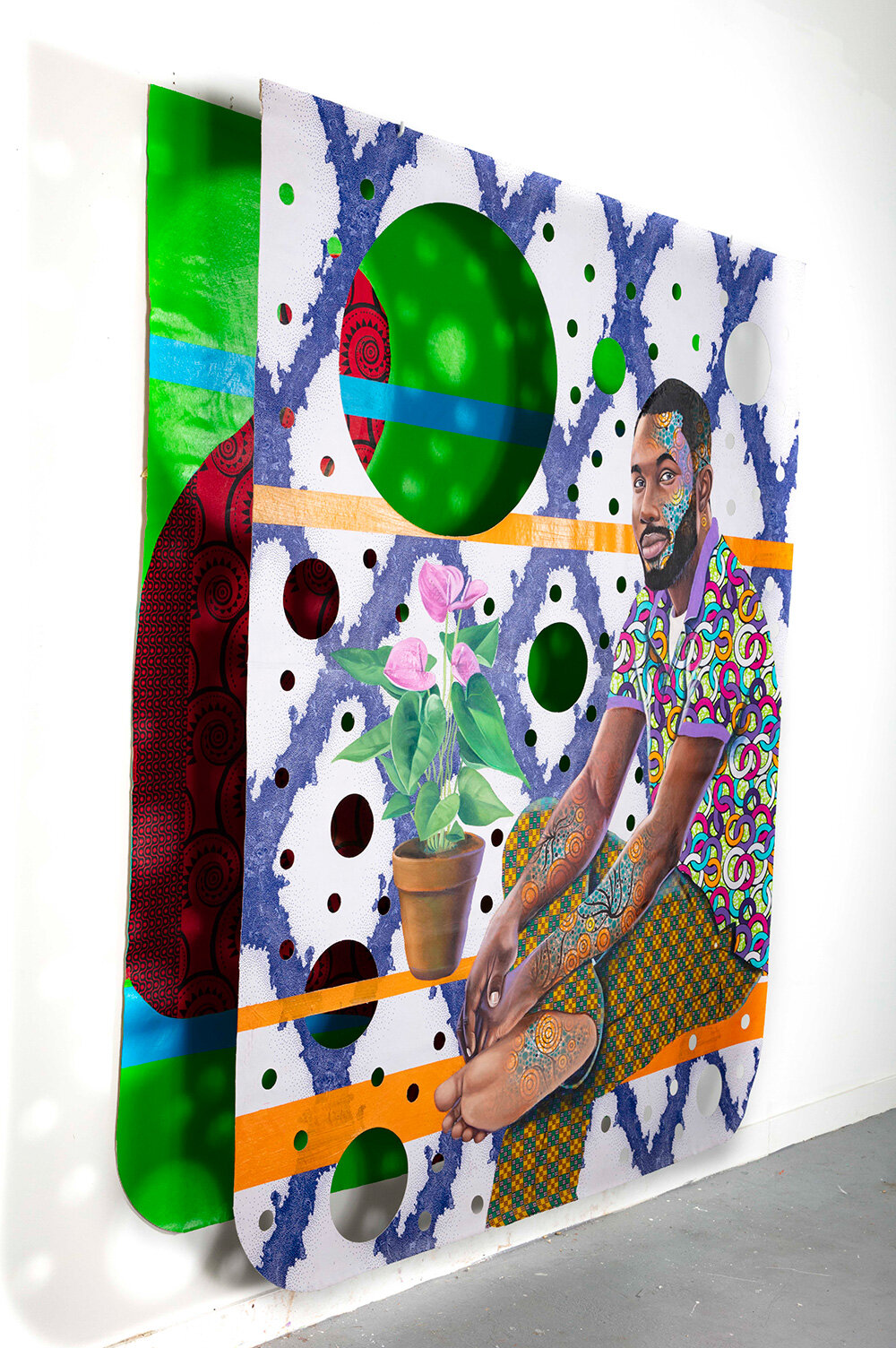
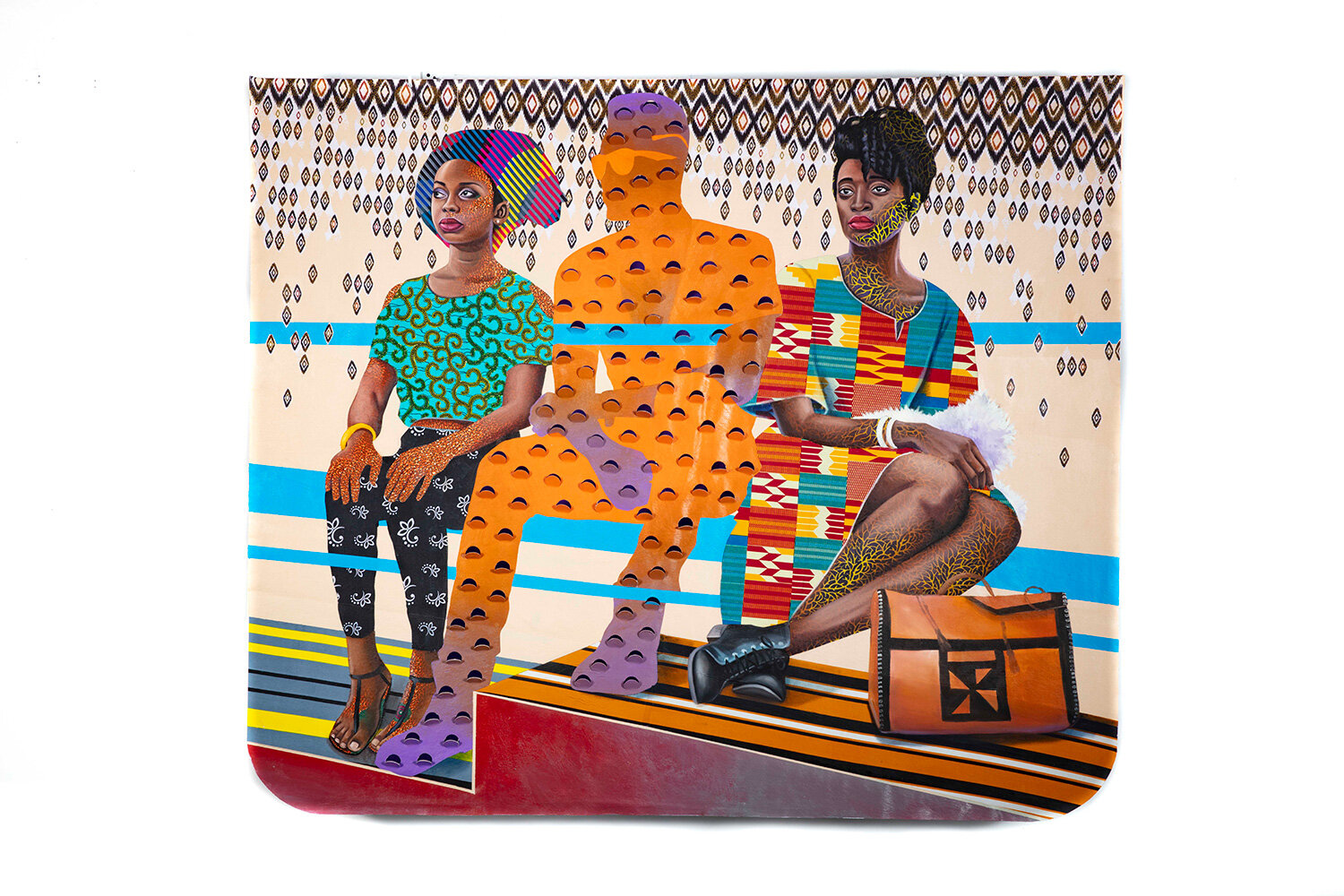
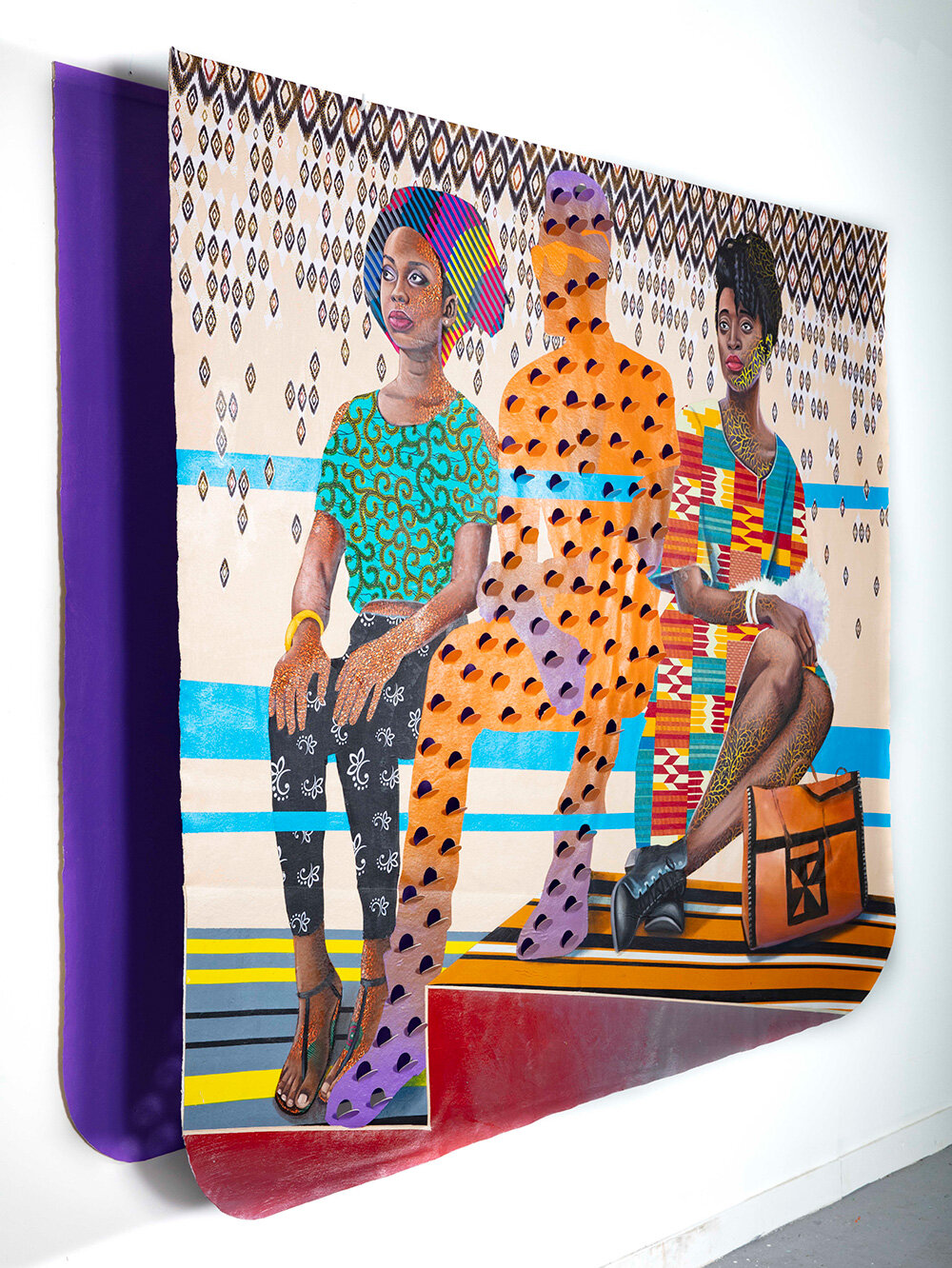
Patrick Quarm (b. 1988, Sekondi-Takoradi, Ghana) is marked by the historical sites that memorialize imperialism. Quarm engages that architecture, memory, and visual culture from the African diaspora to inform his creative practice and process. In the home of his birth, he is known as Nzema, his familial ethnic group. Outside of Ghana, he is Ghanian. Quarm’s figurative paintings investigate the political, social, and historical formations that have influenced social evolution and cultural expression. His methodology, a process of extraction and dynamic overlay, compounds and expands the notion of cultural hybridity.
Recent solo exhibitions include Albertz Benda Gallery, New York, NY (2020), N'Namdi Contemporary, Miami, FL (2019) and Satellite Gallery, Lubbock, TX (2018). Institutional exhibitions include Contemporary Art Museum Plainview, Plainview, TX (2020); Urban Institute for Contemporary Arts, Grand Rapids, MI (2020); Oso Bay Biennial XX, Texas A&M University, College Station, TX (2018); Rockport Center for the Arts, Rockport, TX (2018) and Caviel Museum of African American History, Lubbock, TX (2018).
Joy Labinjo
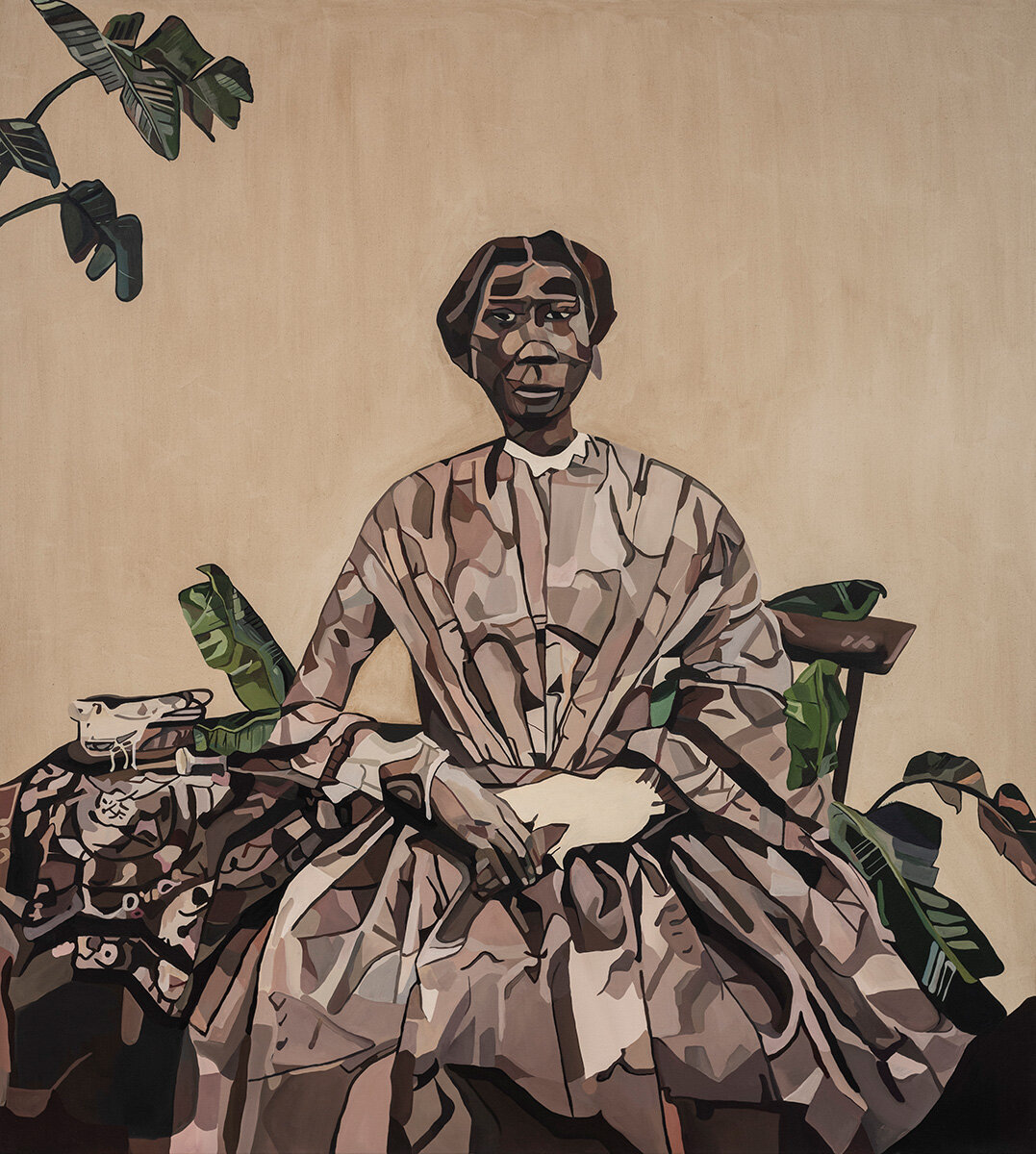
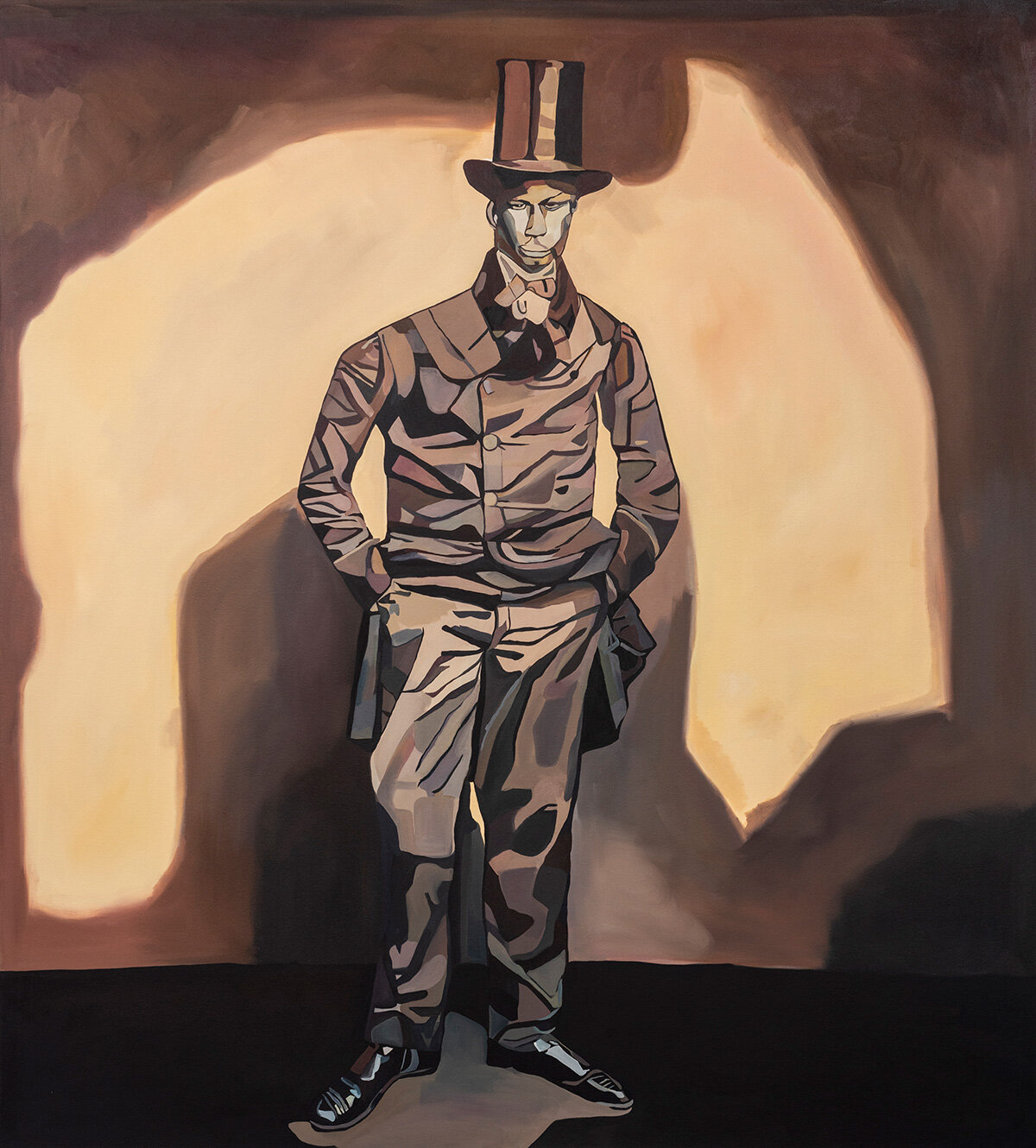
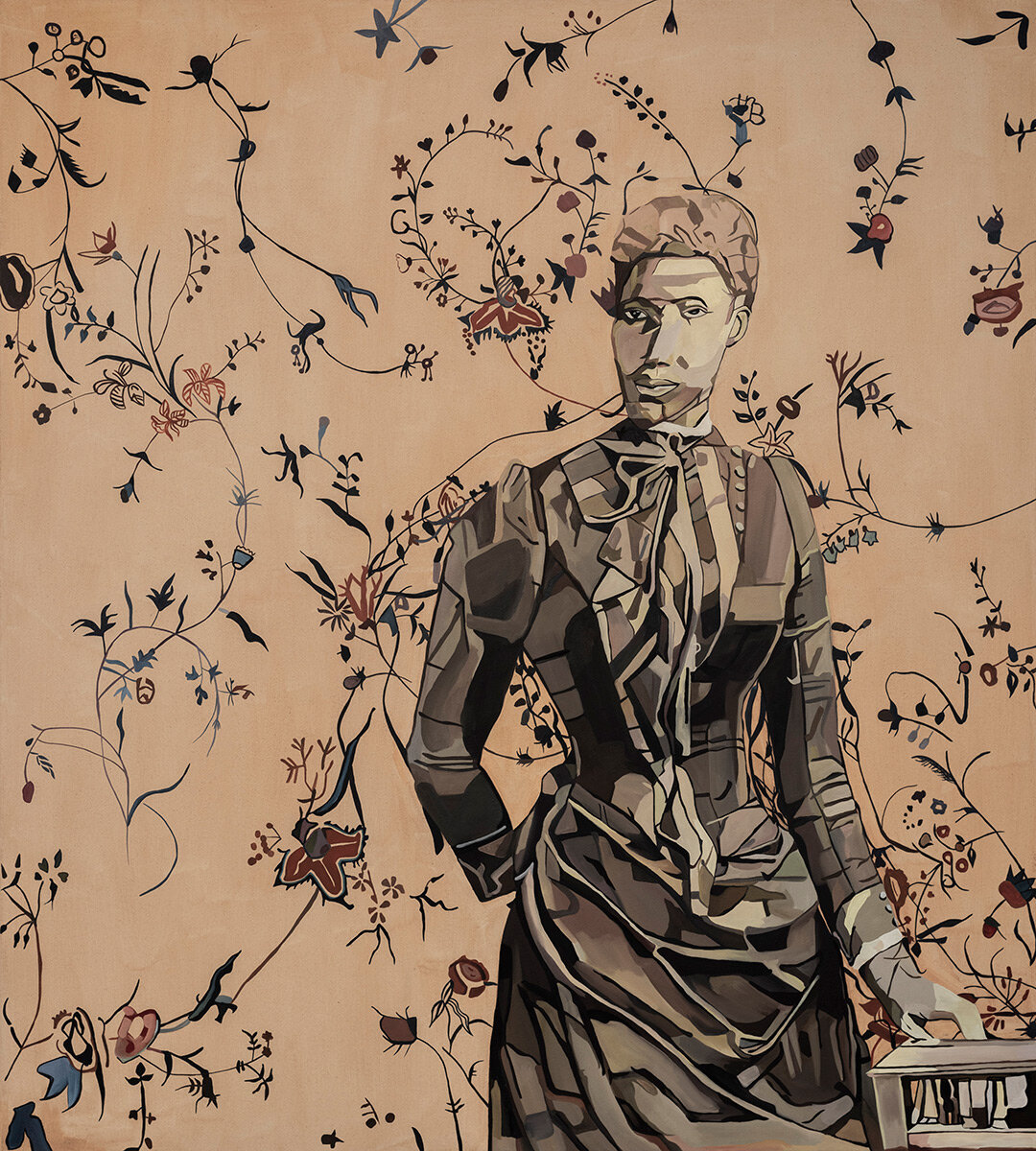
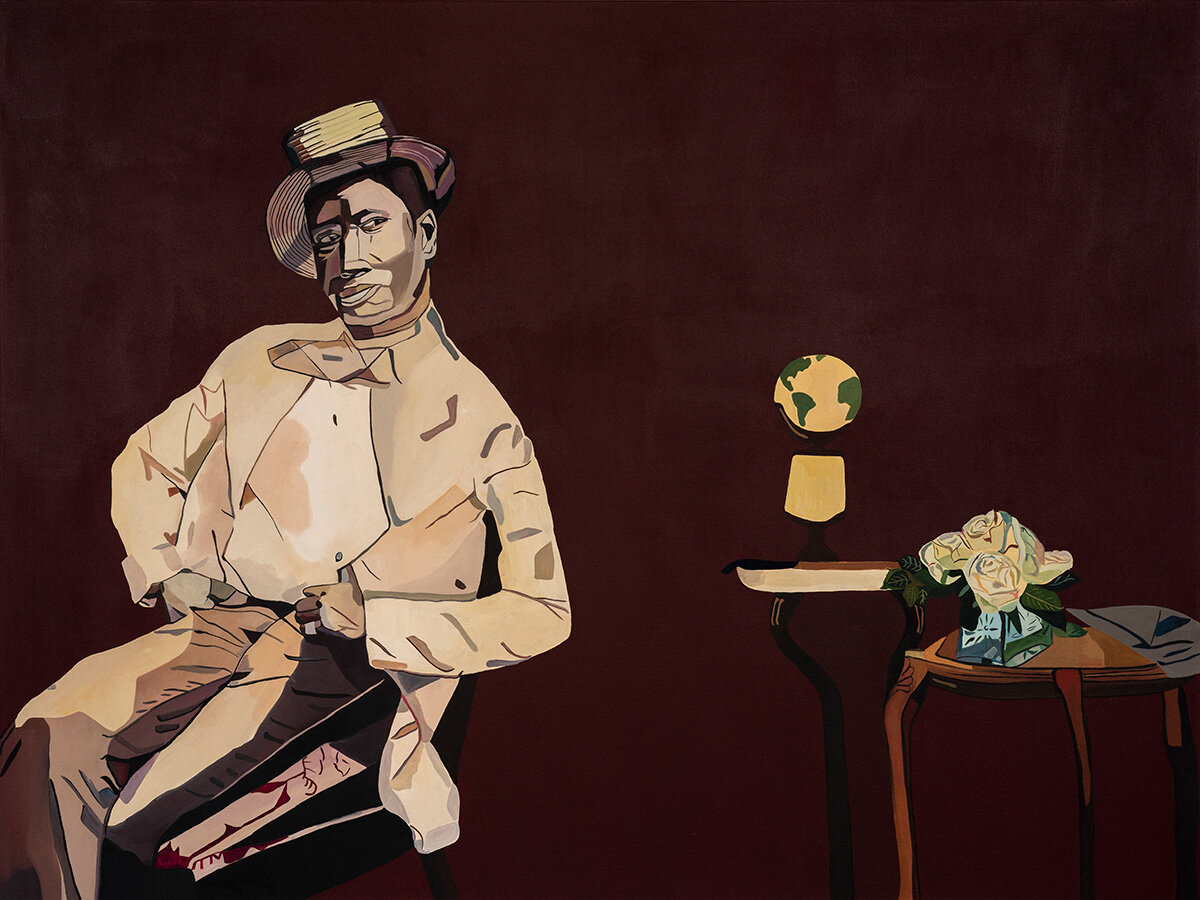
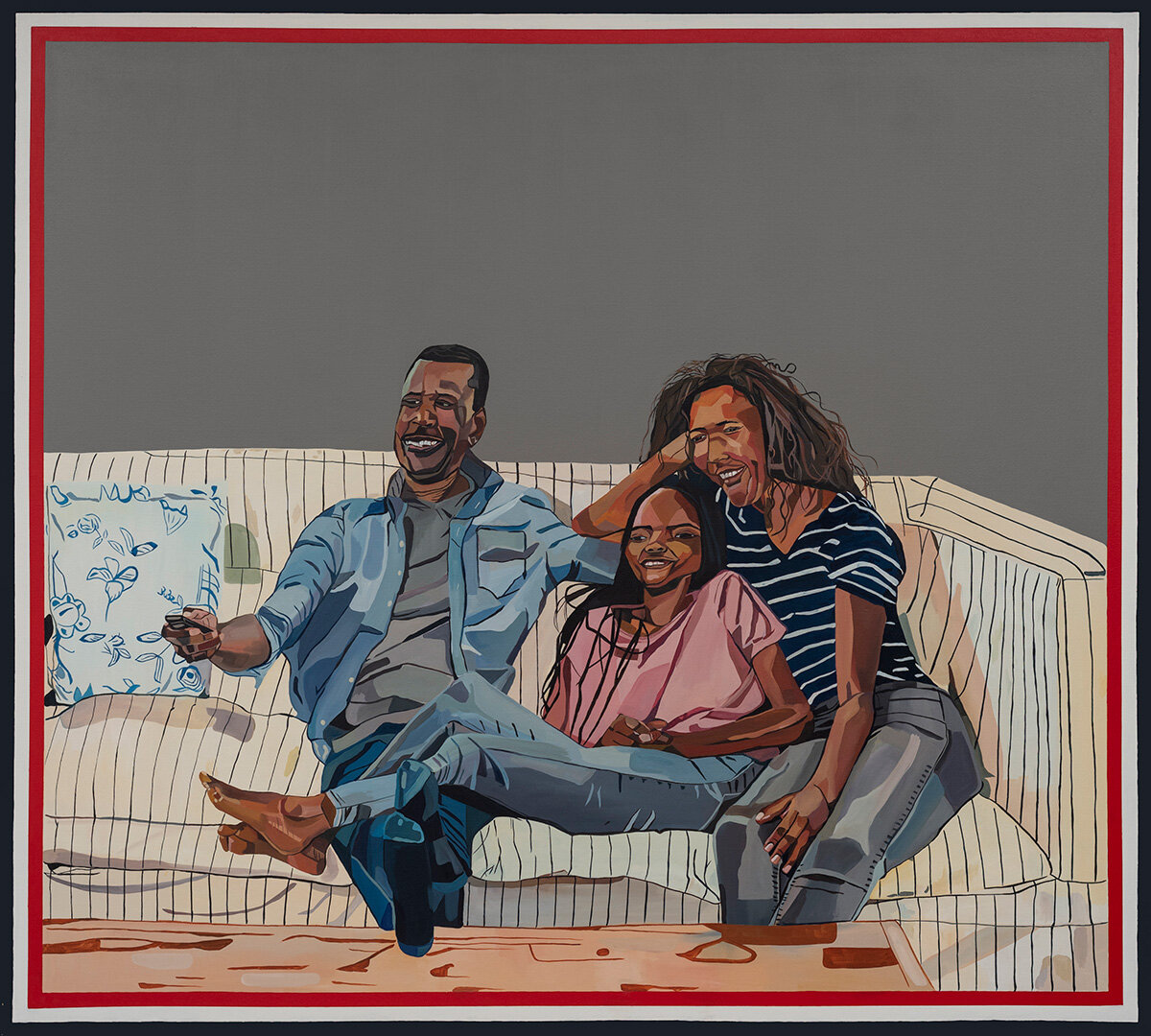
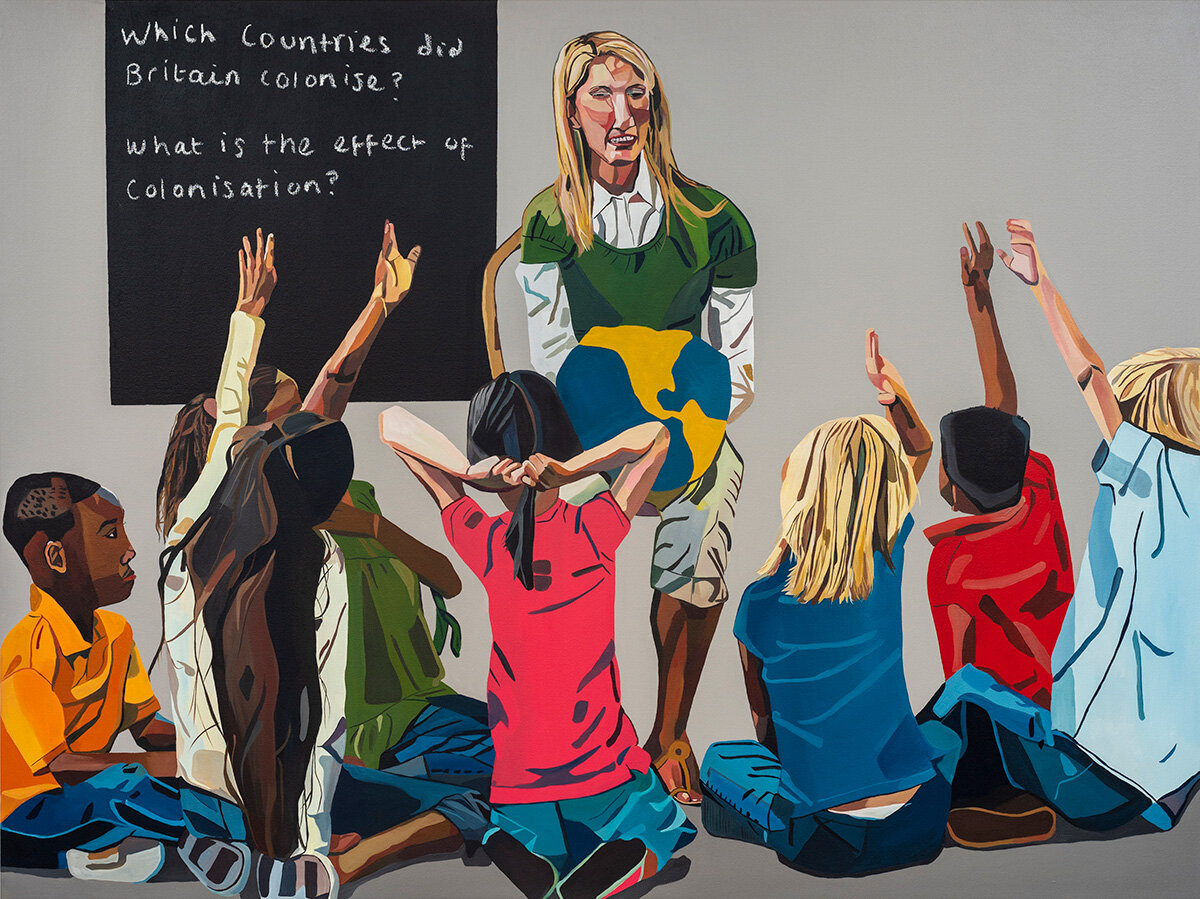
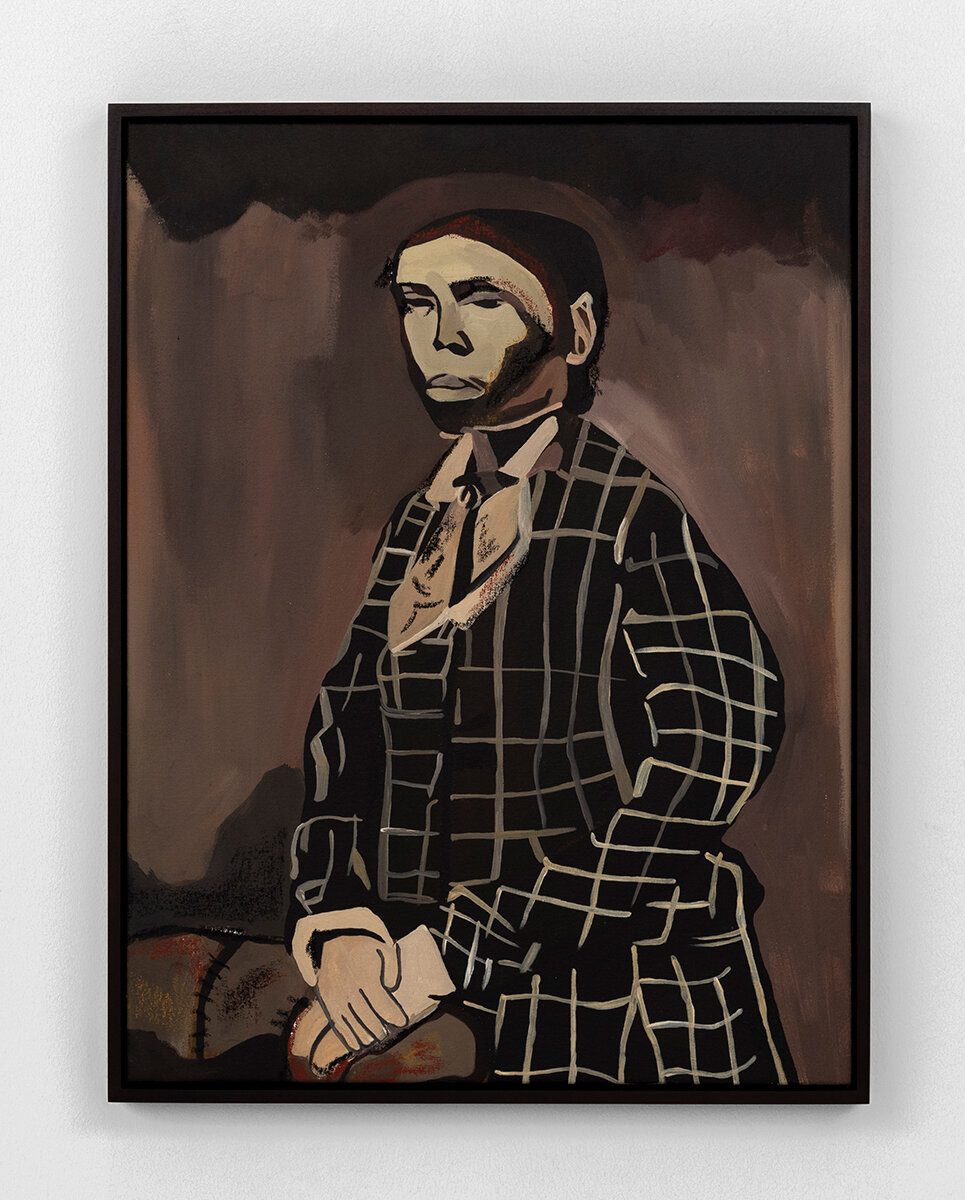
The work of Joy Labinjo (b.1994, Dagenham, United Kington) comprising large-scale figurative paintings often depict intimate and rare scenes of historical and contemporary life – both real and imagined, both domestic and everyday – often based on figures appearing in personal imagery that include her everyday life and people around her, family photographs, found images and archival material. Her work presents fresh and arresting compositions of colour, pattern and motifs – key signatures of Labinjo’s work. Fundamentally, at the heart of Labinjo’s practice is a bold interest in storytelling and ultimately, people’s lives. Earlier in 2020 the artist began a new body of work during the pandemic lockdown in the UK as mass protests around the Black Lives Matter movement surged around the world. Considering these events, the presentation and exhibition furthers her explorations around the role of identity, political voice, power, race, community and family in contemporary experience. Another recent direction in her work tackles history. The artist departs from mainstream histories of Blackness in Britain - uncovering little-known figures and events in Western modernity. These works were based partly on Black Chronicles, an exhibition of photographs of historical black figures put on by Autograph ABP at London’s National Portrait Gallery in 2016, and in part around her own research Exploring multiple modes of representation including abstraction, naturalism, flatness and graphic patterns, Labinjo’s ‘collage aesthetic’ comprises an eclectic visual vocabulary and mixed painterly techniques which echo her experience of multiple identities – growing up Black, British, Nigerian in the 90s and early 00s. Her work is currently on view at Tiwani Contemporary and in the 2020 Summer Exhibition at the Royal Academy, London until January 2021. She was awarded the Art on The Underground public mural commission for Brixton Underground Station in London that goes on view in late 2021.
Cassi Namoda
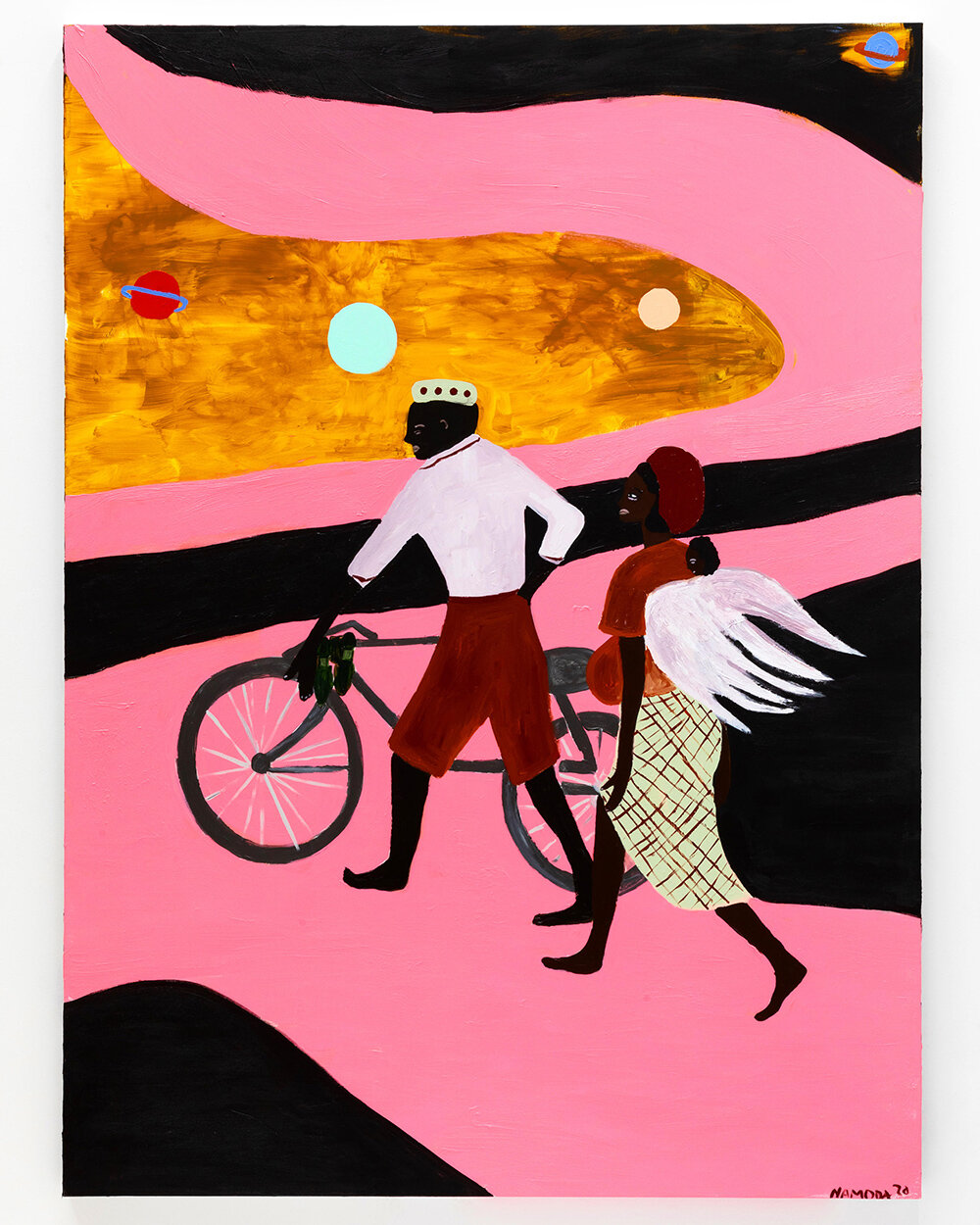
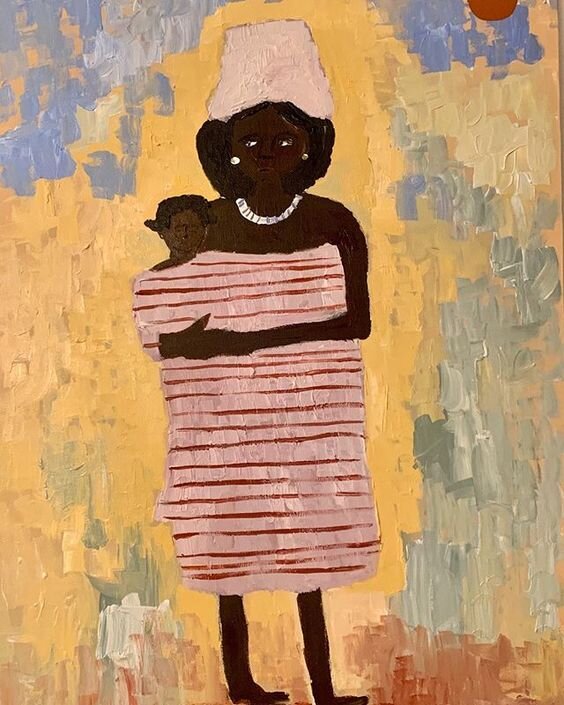
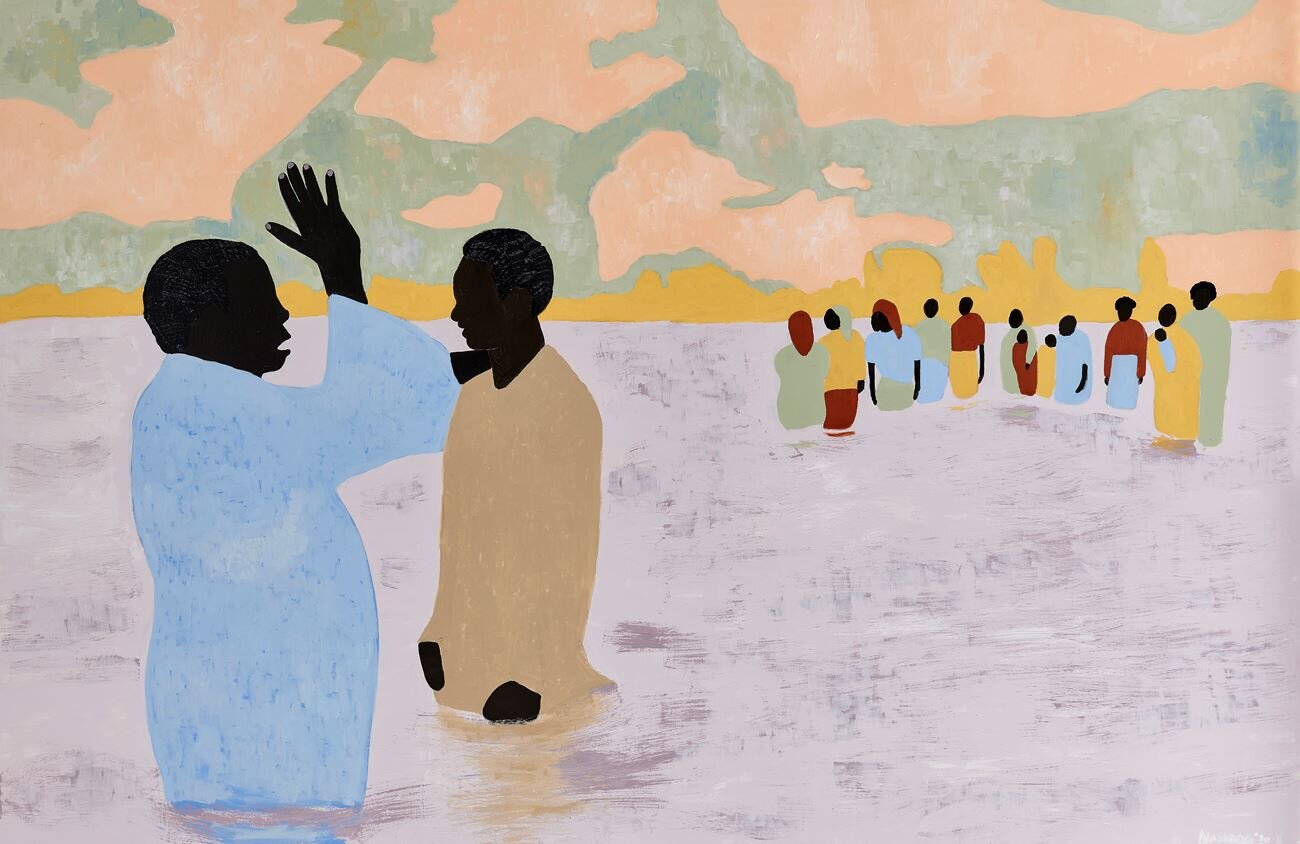
Cassi Namoda (b. 1988, Maputo, Mozambique) is a painter and performance artist who explores the intricacies of social dynamics and mixed cultural and racial identity. Capturing scenes of everyday life, from mundane moments to life-changing events, Namoda paints a vibrant and nuanced portrait of post-colonial Mozambique within an increasingly globalized world. Namoda reflects on the cultural specificity of Mozambique, her birthplace and home for several years. Recent solo exhibitions include François Ghebaly, Los Angeles and Nina Johnson Gallery, Miami. Namoda’s work has been included in exhibitions at Caribbean Cultural Center African Diaspora Institute, New York; Museum of Contemporary African Diasporan Arts, New York; CFHILL, Stockholm; Library Street Collective, Detroit; Nicodim Galleries, Los Angeles and Bucharest.
Greg Breda
Untitled (Salt, man & shack), 2013, acrylic on mylar, 42 ½“ X 40”
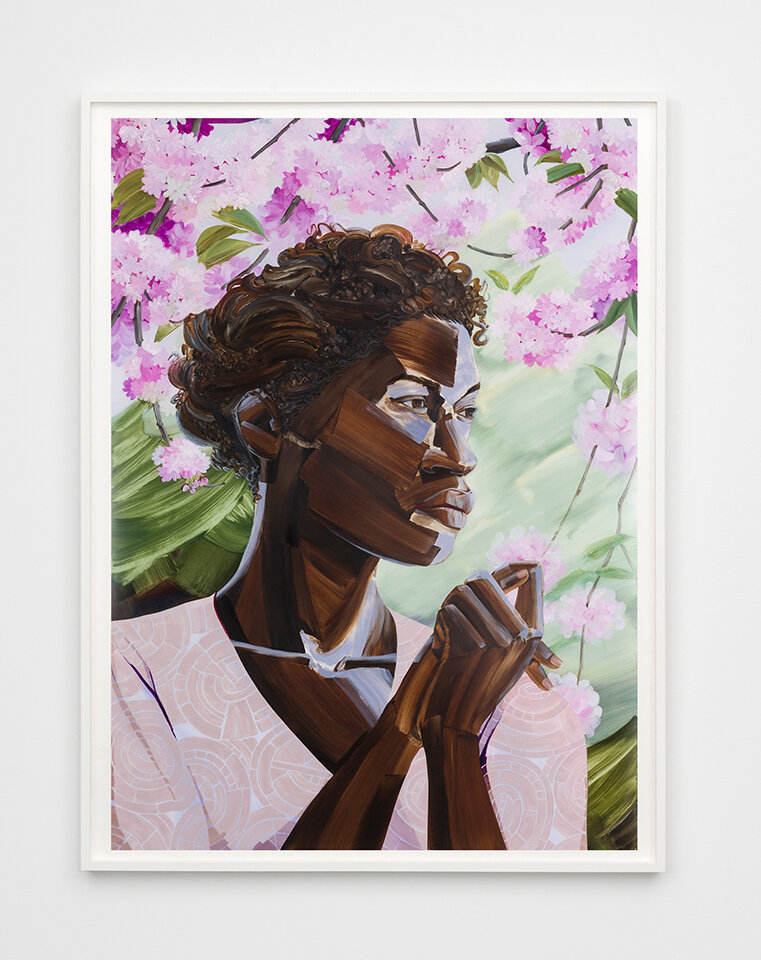
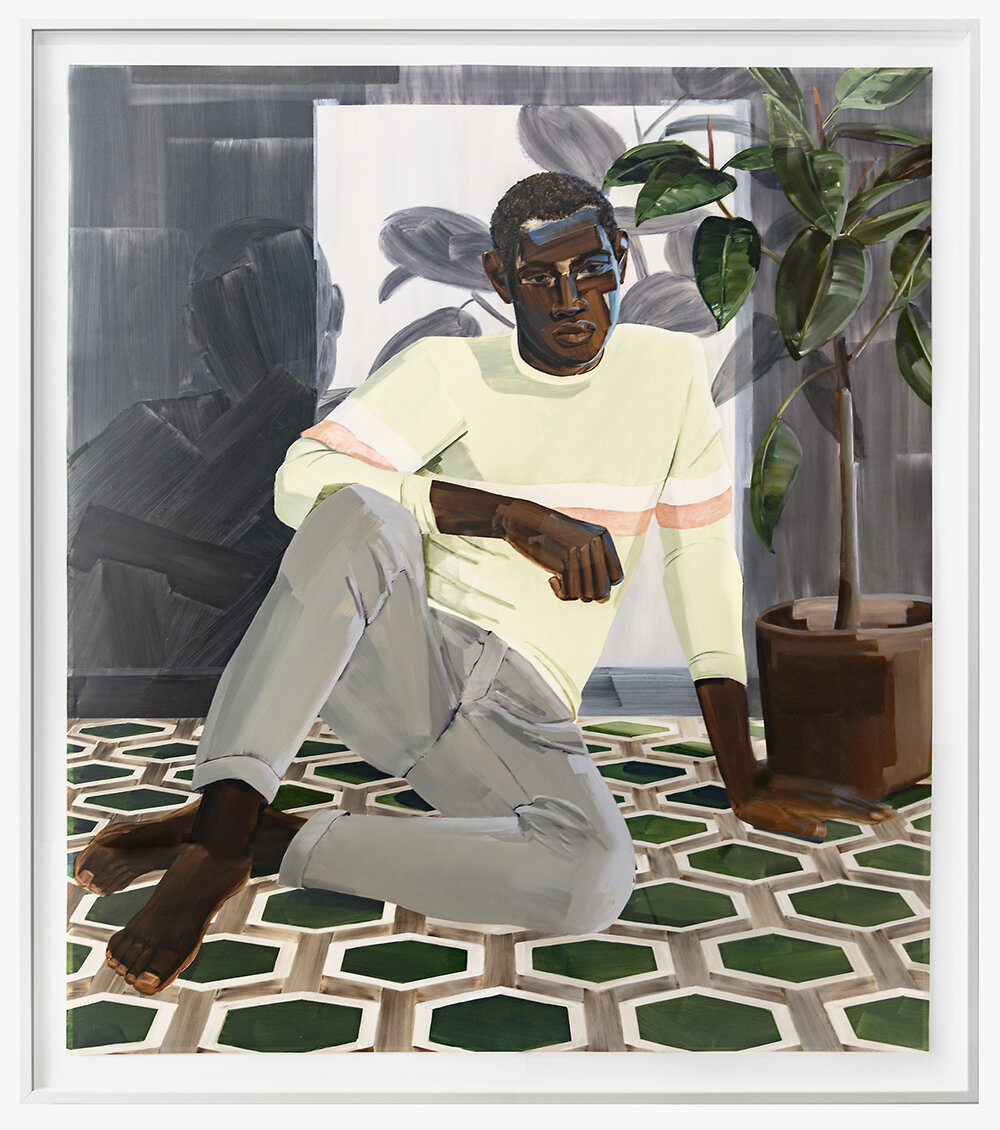
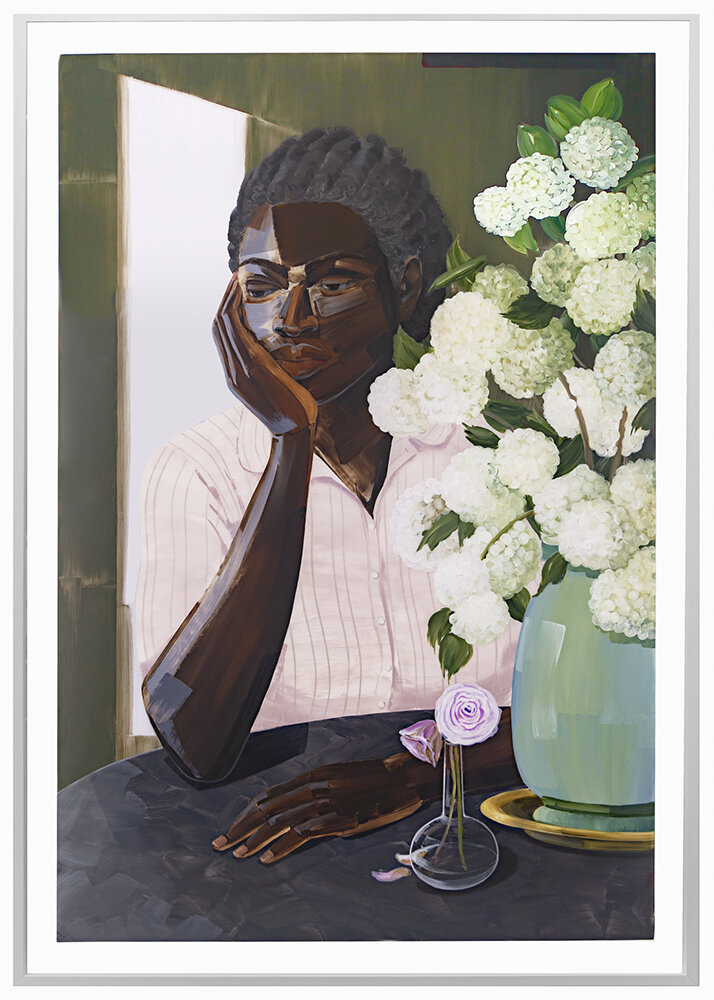
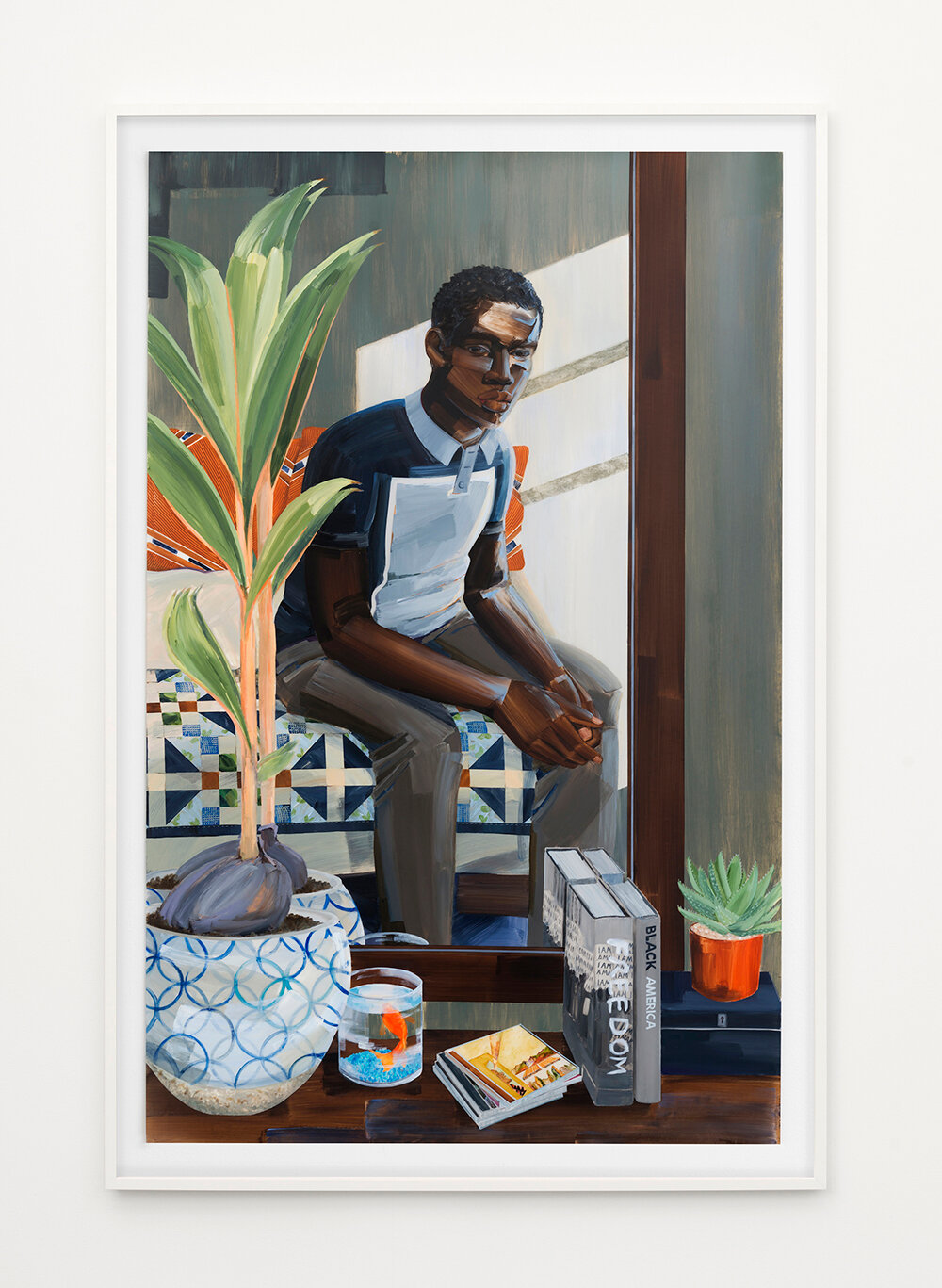
Greg Breda (b. 1959, Los Angeles, CA) is a self-taught contemporary visual artist who lives and works in Los Angeles. His work explores the strength, resilience, and beauty of the human spirit.
Informed by media, memory, spiritual identity, and his imagination, Greg constructs realistic figurative portraits and marries them with minimal abstracted backgrounds troubling viewers to consider the illusiveness of reality. The pursuit of clarity and the possibility of spiritual illumination are prominent recurring themes. Recent exhibitions include Hei, Patron Gallery, Chicago, IL (2018); Queen: An Exhibition from the Collection of CCH Pounder, A Satellite Exhibit of Prospect 4, Xavier University Art Gallery, New Orleans, LA (2017-2018); Face To Face: Los Angeles Collects Portraiture, California African American Museum, Los Angeles, CA (2017).
Ludovic Nkoth
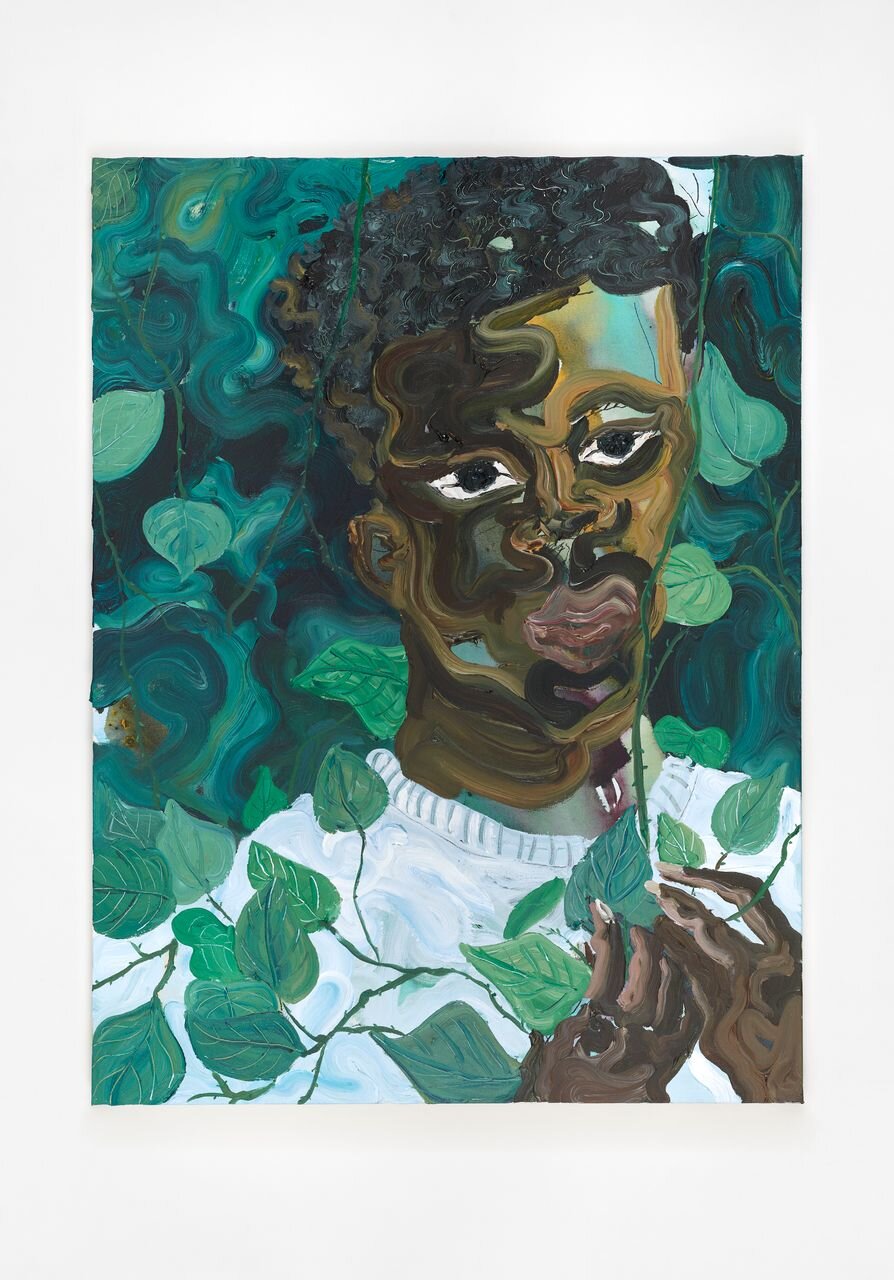
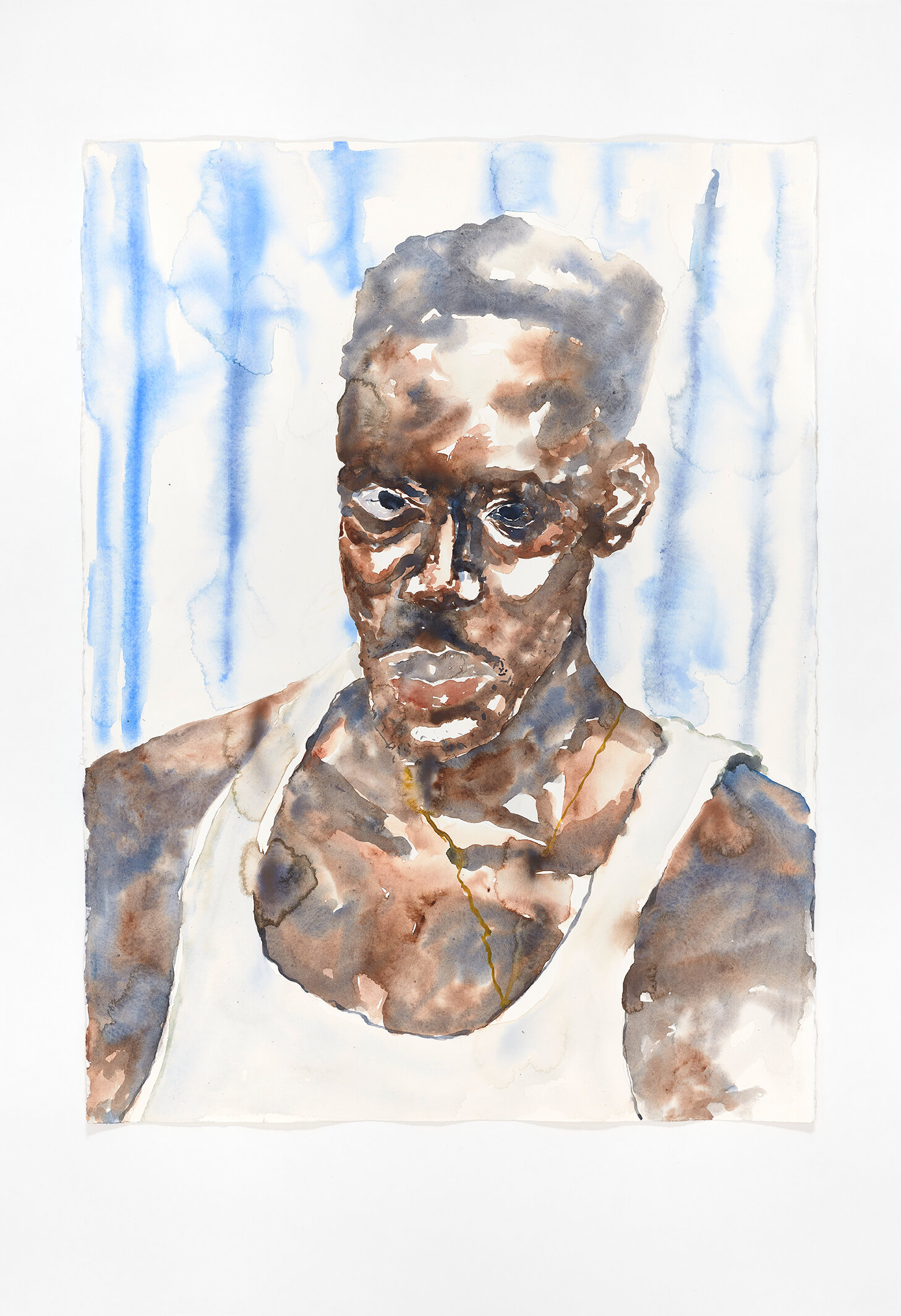
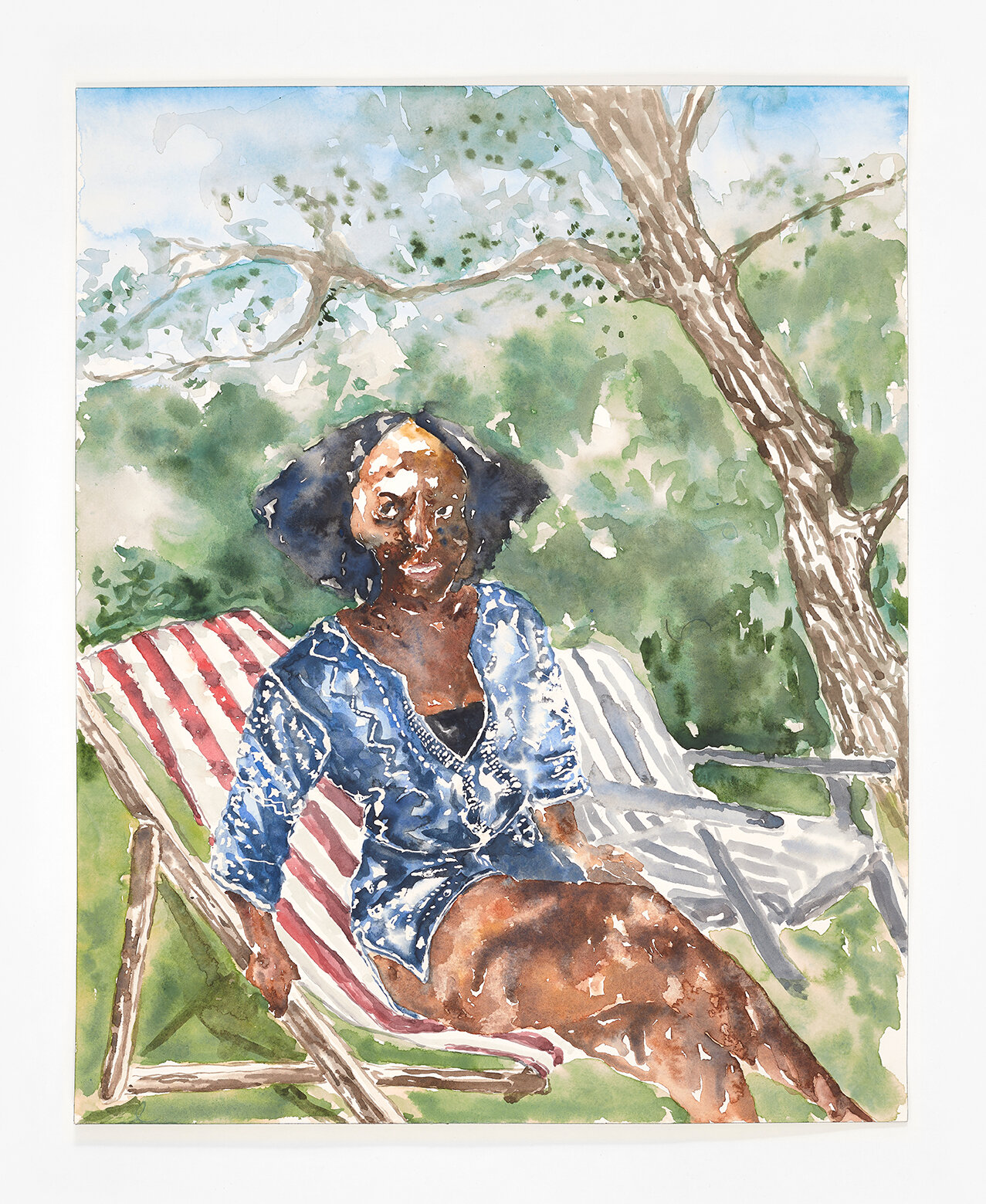
Ludovic Nkoth (b. 1994, Cameroon, West Africa) is marked by his migration from Cameroon to the United States. When he was 13, he was forced to leave his parents and siblings and emigrate to New York. He describes this experience of being “a stranger in a strange land” as a catalyst that pushed him to consider the complexities of locating his own cultural identity. Displacement, adaptation, adoption, migration, patriotism, assimilation are prominent recurring themes. He situates his work around the real and imagined Africa; a personal and distantly remembered site to unpack his family history and the cultures, traditions, and ideas of Africa and its diaspora pre-and post-colonialism. The naive brusqueness, immediacy, and bold patinas his figurative portraits elicit suggests his passionate sense and search for self-discovery. Recent exhibitions include Mostly Fine Adults, Brooklyn, NY (2019); Knock on Wood, Hunter College, NY (2019).
Thenjiwe Niki Nkosi
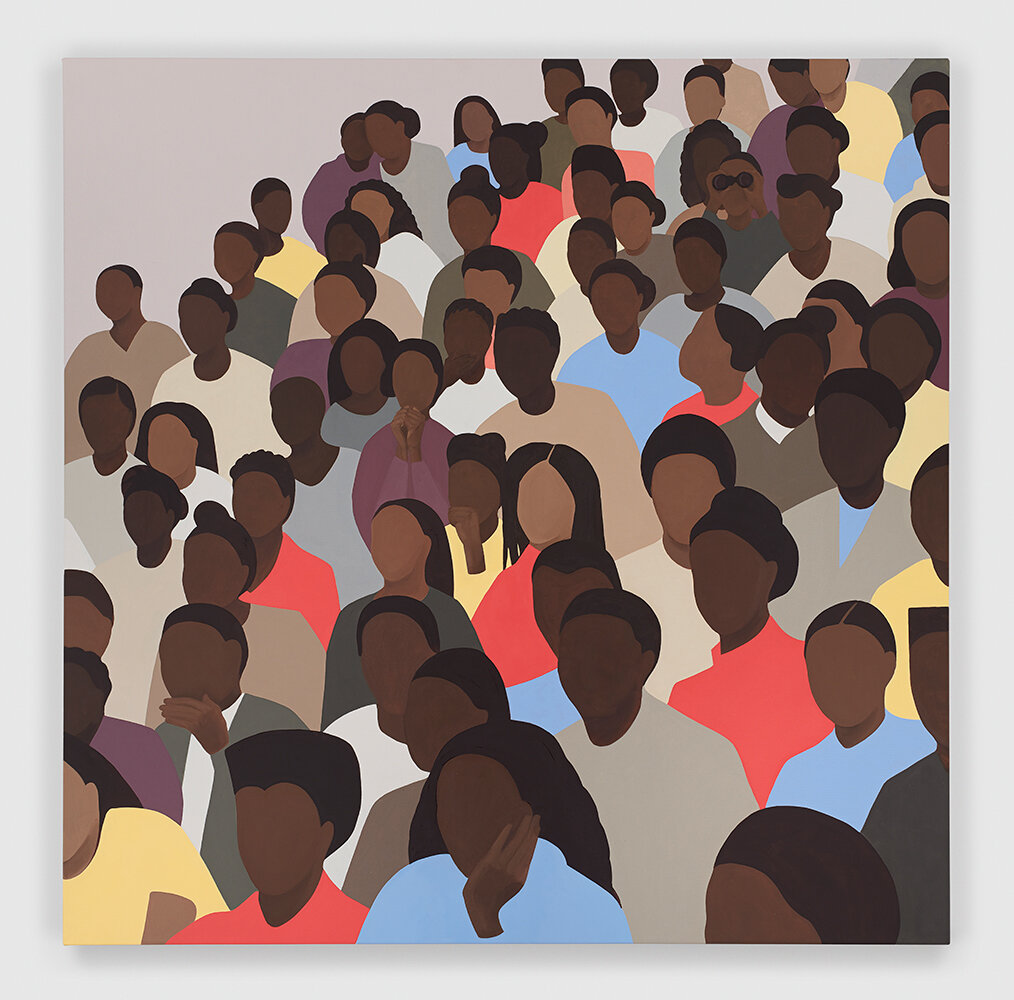
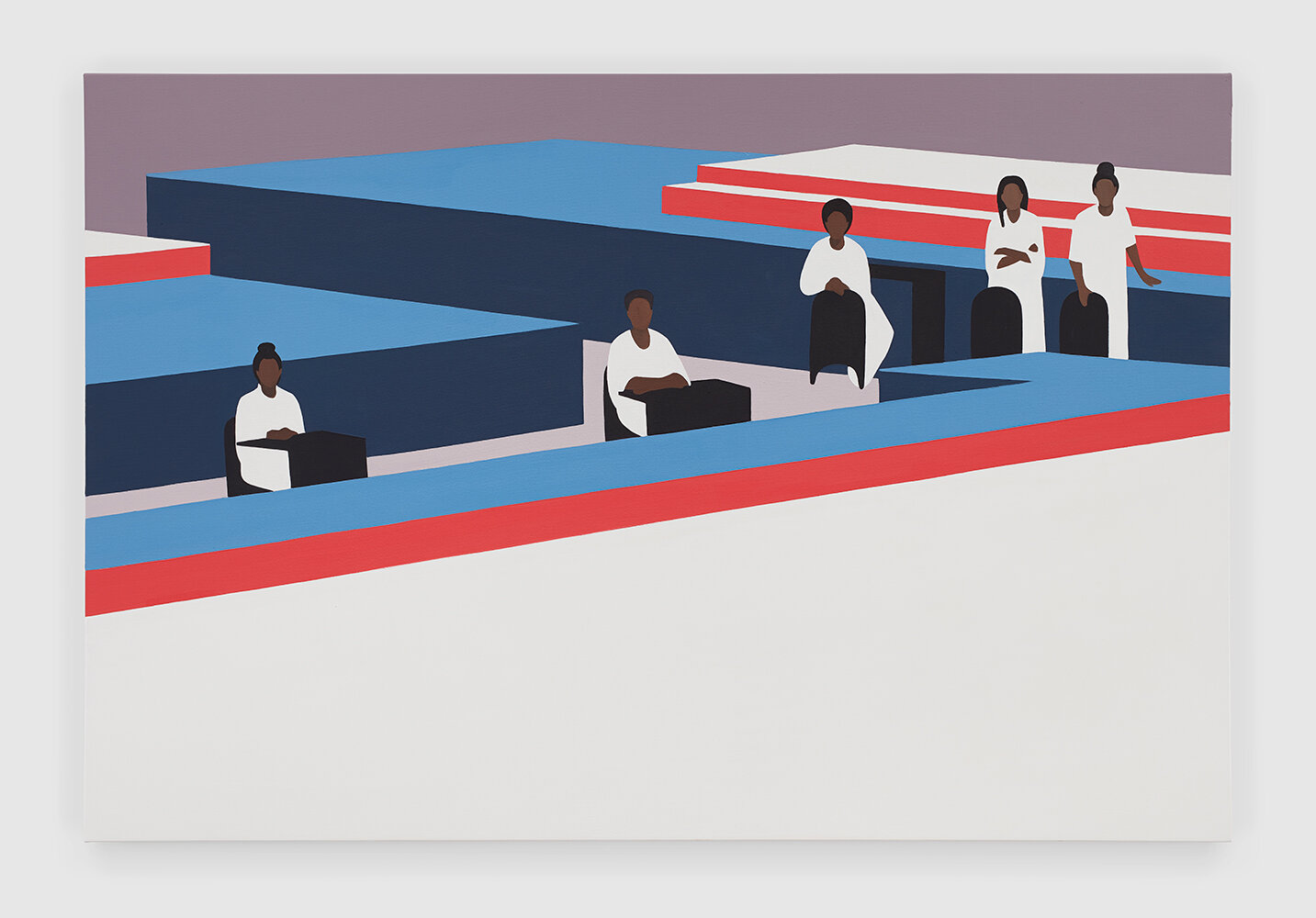
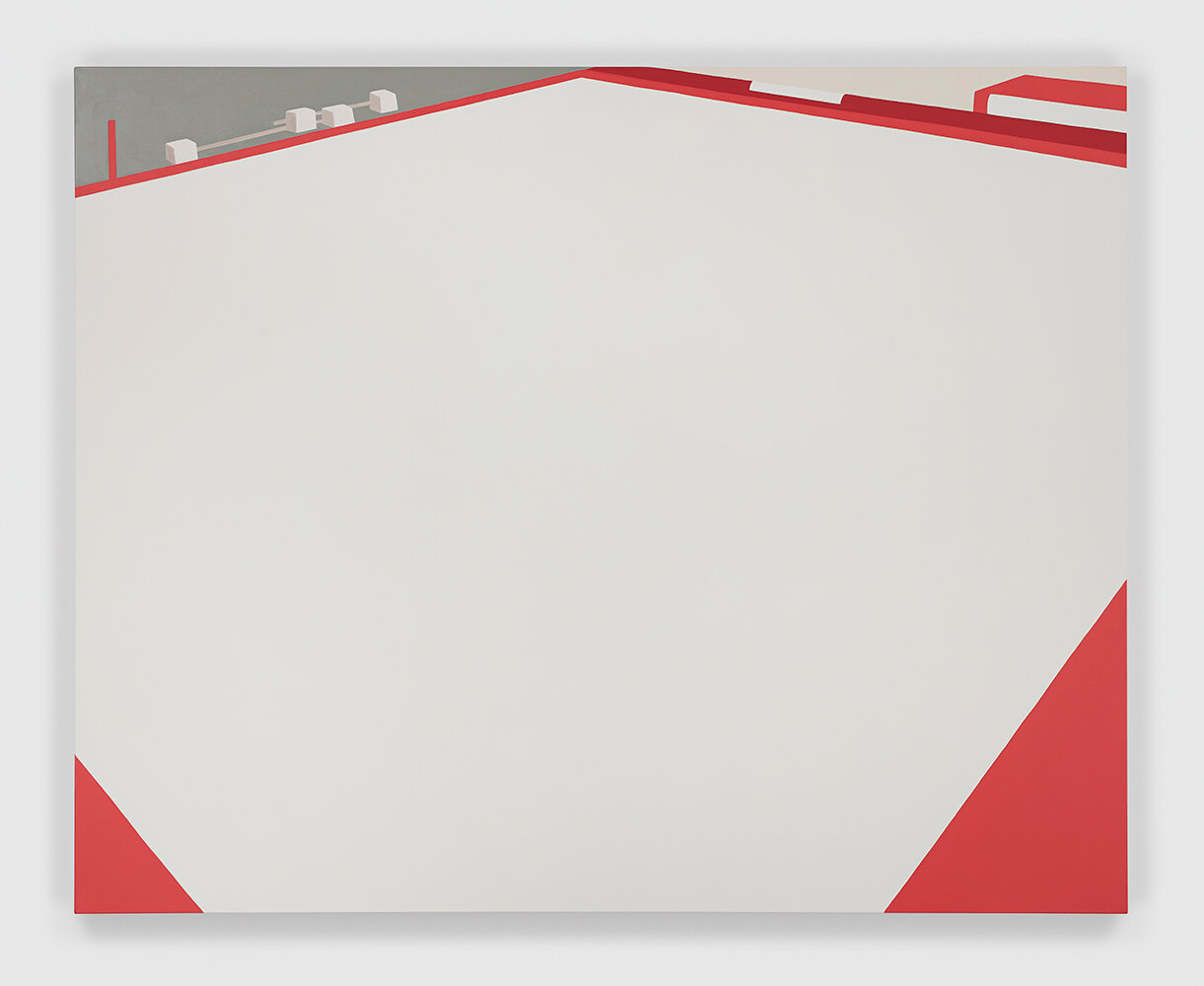
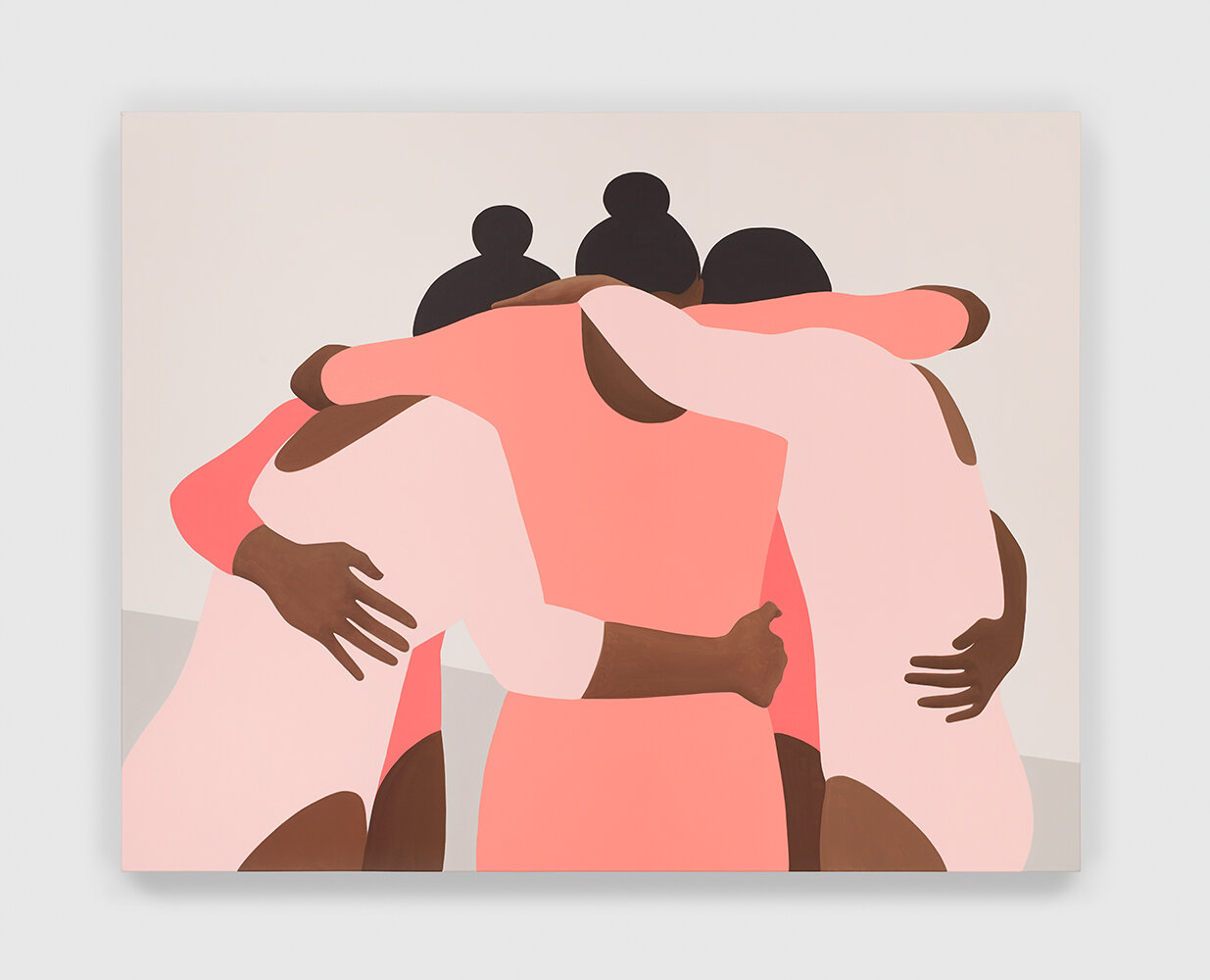
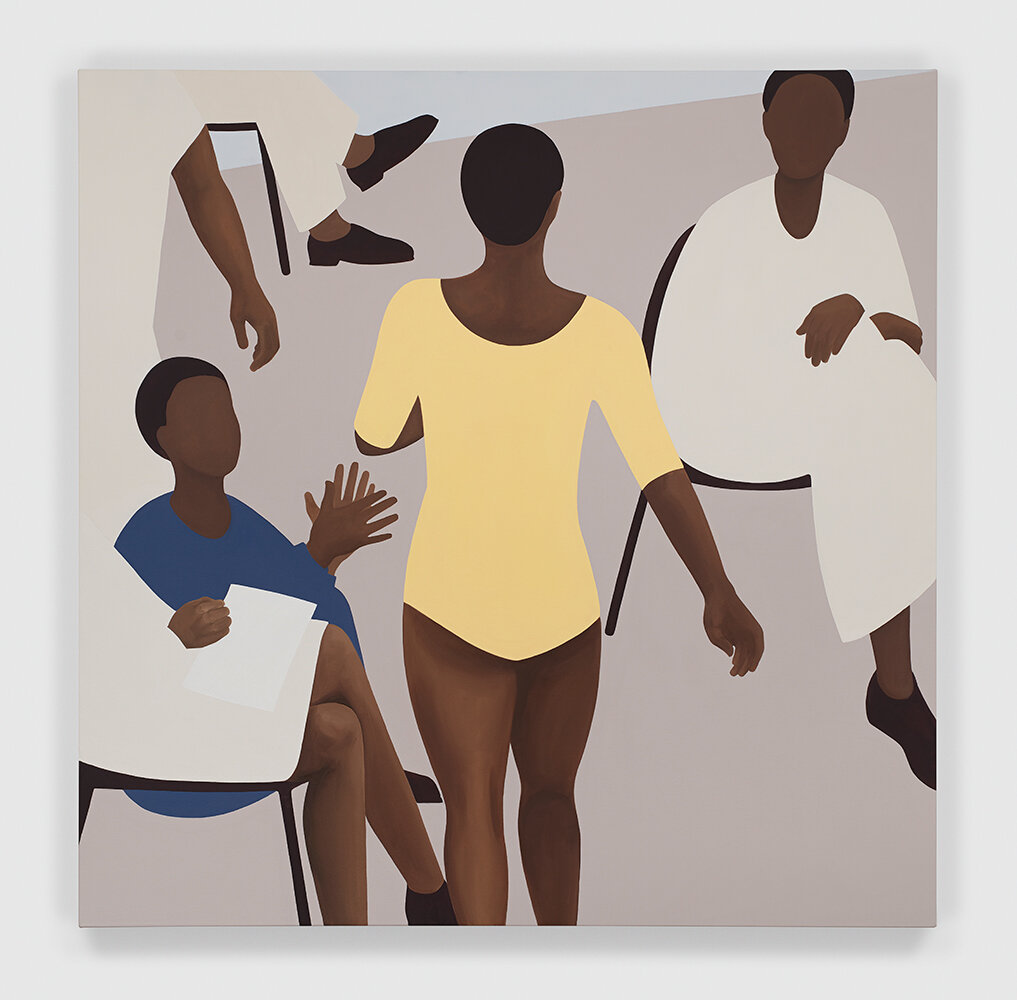
Thenjiwe Niki Nkosi was born in 1980 in New York. She was raised there, in Harare and Johannesburg, where she now lives. She obtained her BA from Harvard University (2004) and her MFA from the School of Visual Arts in New York (2008). Nkosi divides her time between studio work, performance and navigating the field of art as social practice. Her first solo exhibition, Gymnasium, took place at Stevenson, Johannesburg in 2020. Group and collaborative exhibitions have taken place at Wthe Aga Khan Museum, Toronto, (2020); Constitution Hill, Johannesburg (2019); Rampa, Porto (2019); Museum of Modern Art, Warsaw (2018); Mumok Cinema, Vienna (2018); Fondation Louis Vuitton, Paris (2017); National Gallery of Zimbabwe, Harare (2016); Tate Modern, London (2015); Schokofabrik, Bayreuth (2014); Ifa Gallery, Berlin (2013); Frac des Pays de la Loire, Carquefou, France (2013); Standard Bank Gallery, Johannesburg (2013); Goethe-Institut & Shoe Shop Project Space, Johannesburg (2012); Fundação Calouste Gulbenkian, Lisbon (2011); and Museum of Contemporary Art, Niterói, Rio de Janeiro (2011). Nkosi is the recipient of the Philippe Wamba Prize in African Studies (2004) and the Tollman Award for the Visual Arts (2019).
Dario Calmese
Photo credit:Teron Beal
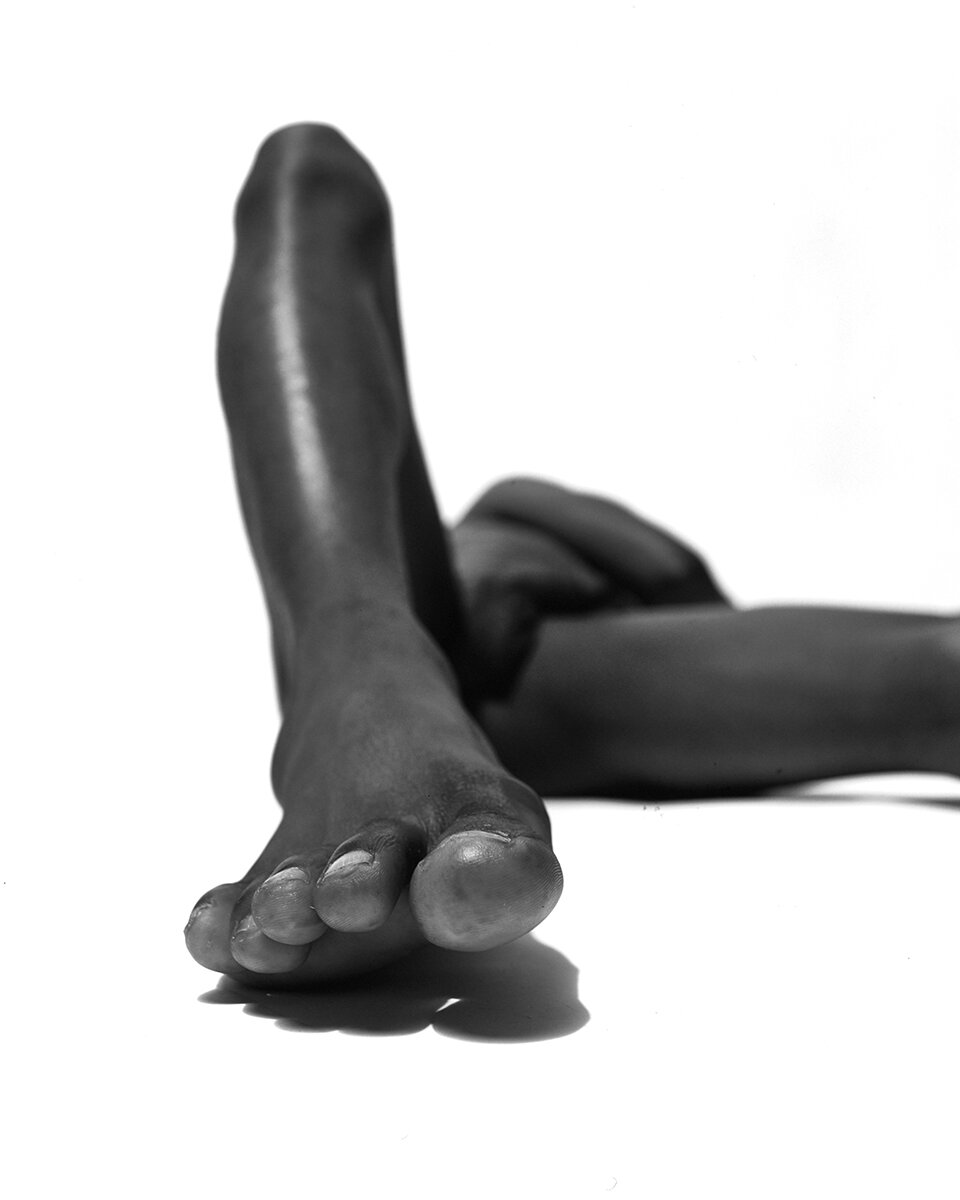
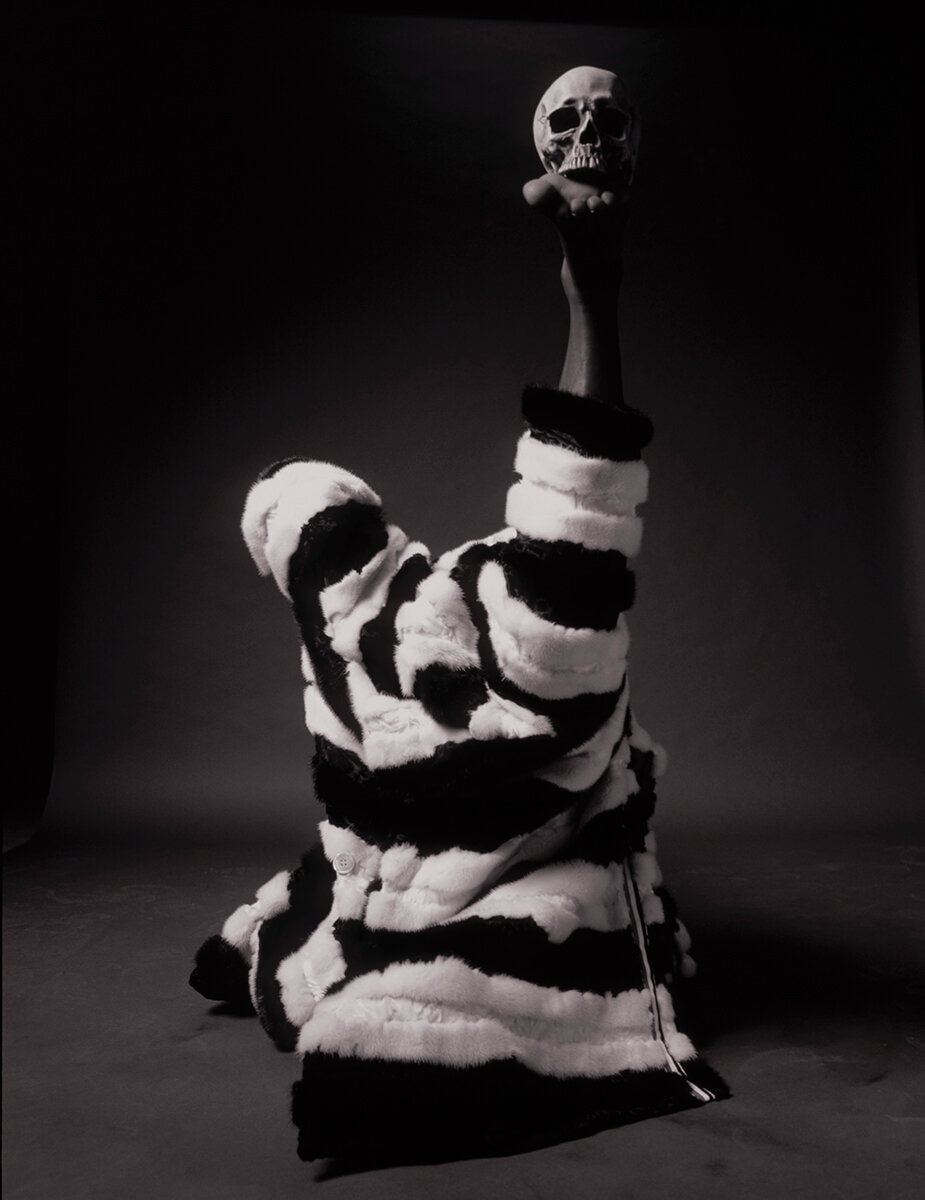
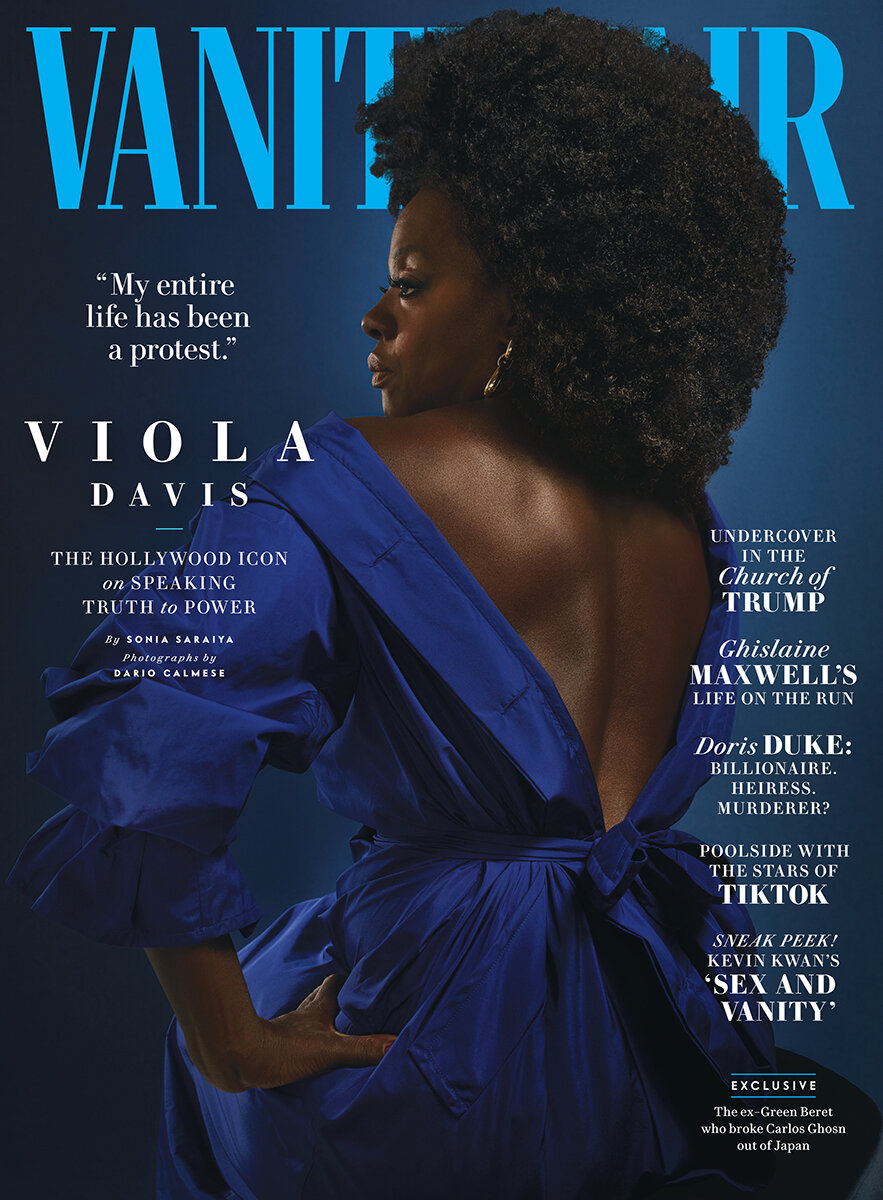
Dario Calmese (b. 1981) is a photographer, writer, artist, and show director for notable fashion brand, Pyer Moss. In 2020 he made history as the first Black photographer to shoot a cover for Vanity Fair in it’s 106-year history with his portrait of Oscar-winning actress, Viola Davis. 2020 alsosaw the launch of his widely-acclaimed podcast,The Institute of Black Imagination, which features innovators and cultural icons working across a range of disciplines. Editorial features include The New York Times, Esquire, Vogue, and Numéro. His artistic works have been shown at The Detroit Institute of Art, Aperture Gallery, Jack Shainman, and National Museum of Turkmenistan (Artist Ambassador for the U.S. State Department). Calmese is a former Ideas City Fellow at the New Museum, is a contributing writer for The Business of Fashion and is currently a NYC Urban Design Forum Fellow. Most recently Dario curated Fashioning the Black Body (2019).
Jammie Holmes
Photos by Daisy Avalos. Courtesy of the Artist and Library Street Collective
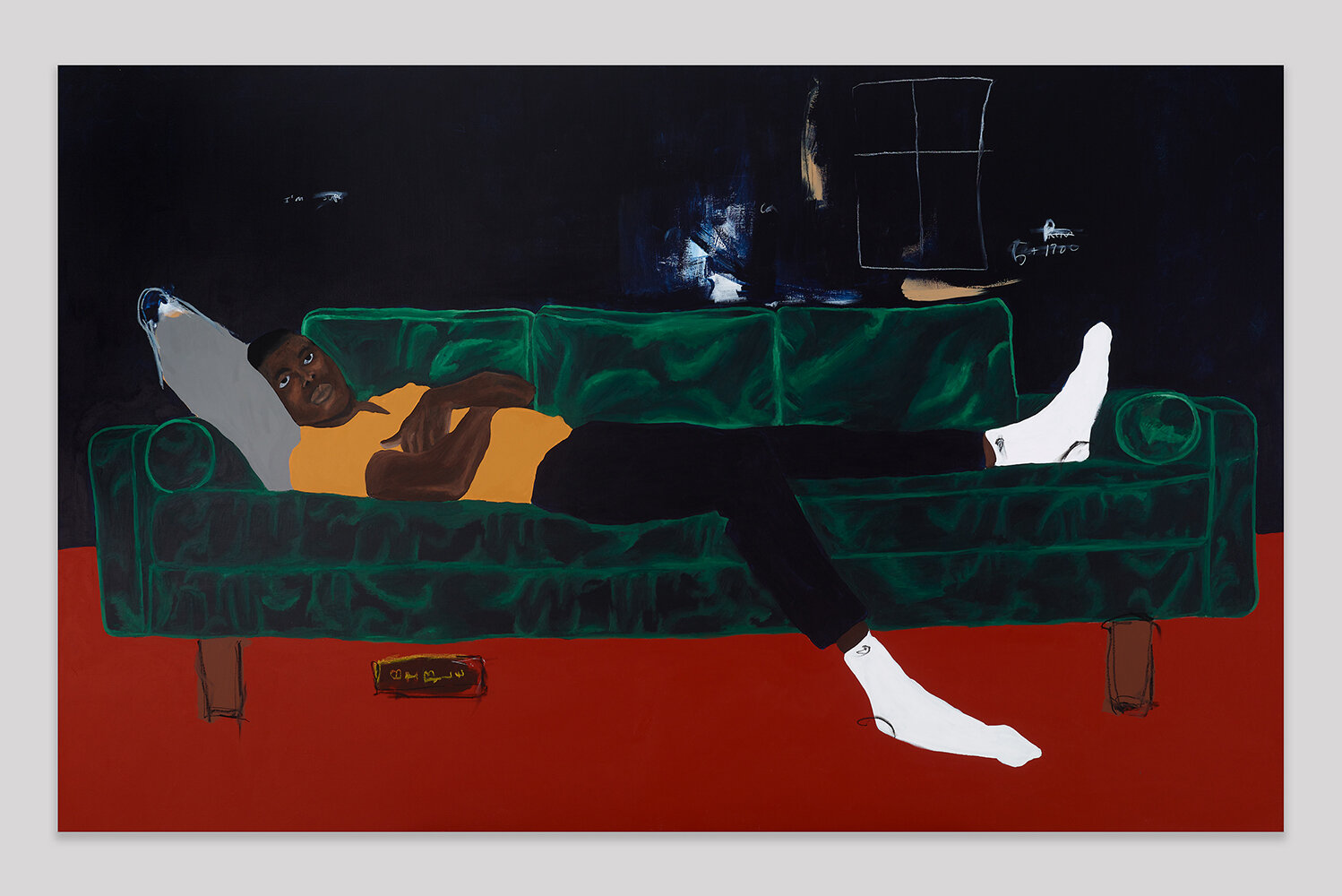
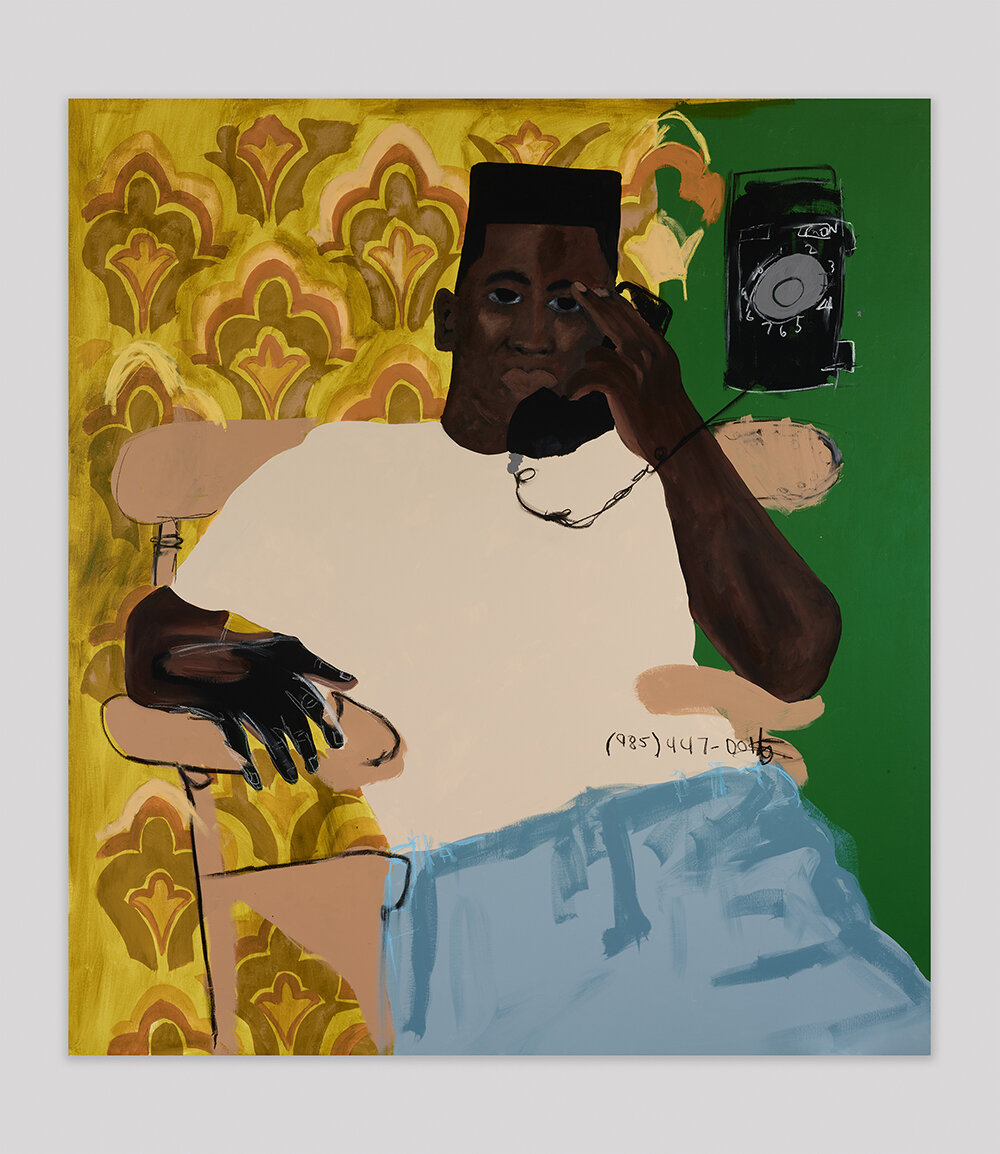
Jammie Holmes (b. 1984, Thibodaux, Louisiana) is a self-taught painter whose work explores contemporary Black southern familial narratives. Through portraiture and tableaux, Holmes depicts celebratory stories from the everyday lived experiences of Southern communities. Informed by a profound sense of place, and his early proximity to the Mississippi River, Holmes’ work is shaped by his early observations of the social and economic consequences of American caste. He has described Lousiana as having “a dark past, situated within a deep pocket of the Sun Belt, where reminders of slavery exist alongside labor union conflicts that have fluctuated in intensity since the Thibodaux Massacre of 1887.” His work complicates the romantic mythology of Louisiana to reveal the deep scars of poverty and racism that have structured life in the state for centuries.
Holmes’ work is characterized by mundane moments; familial scenes in which ritual and tradition are celebrated and iconized. Black joy as it is situated in Louisiana is a prominent recurring theme. Memory, textual references, symbology, and found objects function as significant points of inquiry for his dynamic portraits. Holmes recently premiered the digital exhibition Everything Hurts at Dallas Contemporary, Dallas, TX (2020).
Nate Lewis
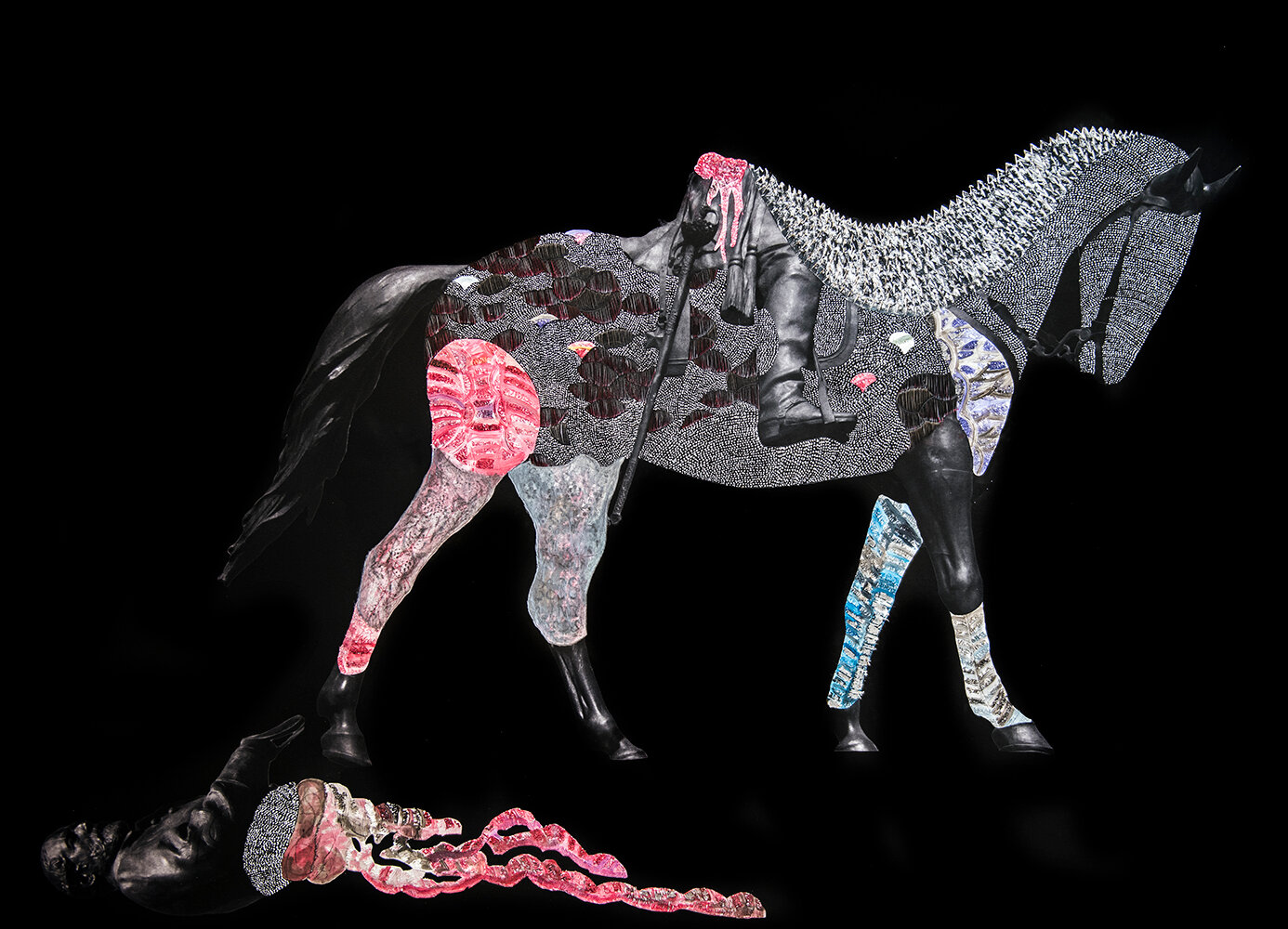

Nate Lewis (b.1985, Washington, D.C.) explores history through meditative lamenting and celebratory portraits. His work engages a rhythmic interplay of dense patterns, textures, and stressed materials to create ethereal, anatomically imaginative constructions that reimagine the human form. He earned a Bachelor’s Degree in Nursing from VCU, before pursuing a career as a full-time professional artist. Lewis’ work has been exhibited at the California African American Museum; The Studio Museum in Harlem; The Yale Center for British Art; 21c Museum Hotels; with the Smithsonian Institution Traveling Exhibition Services. Past residencies include Pioneer Works and Dieu Donne. Lewis’ work is in the public collections of the Baltimore Museum of Art, The Studio Museum in Harlem, Grinnell College Museum of Art, Blanton Museum of Art, The University of Austin at Texas, and 21c Museum Hotels. He has lectured at Yale University as part of Claudia Rankine’s Racial Imaginary Institute, the Yale Center for British Art, and Paris Photo. Lewis currently lives and works in New York City.
Tiffany Alfonseca
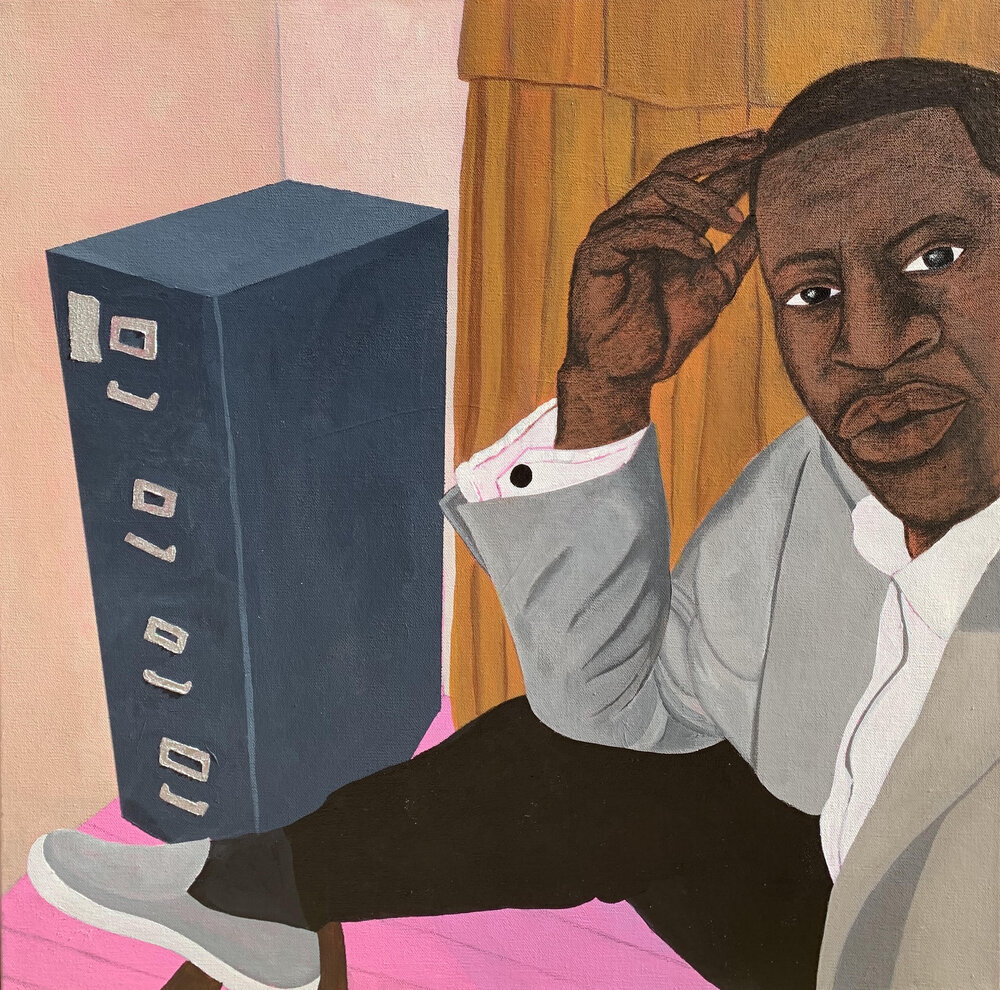
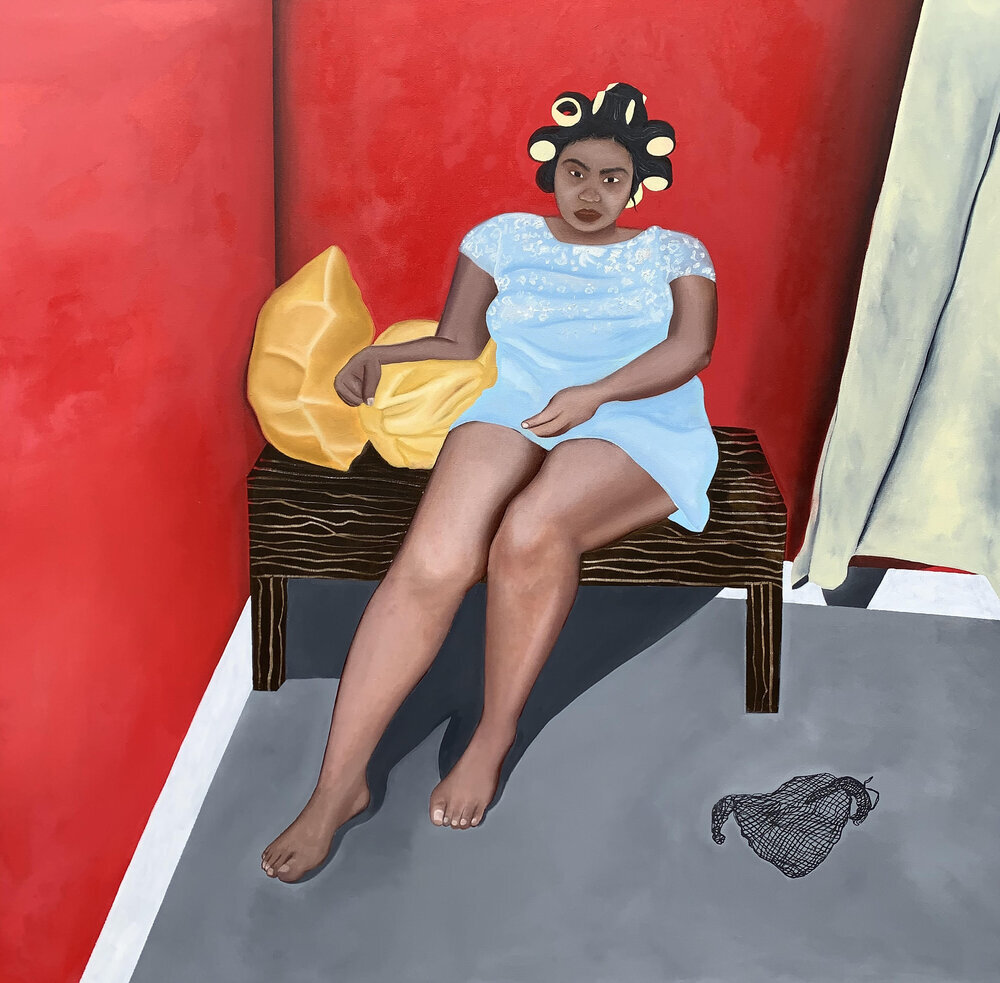

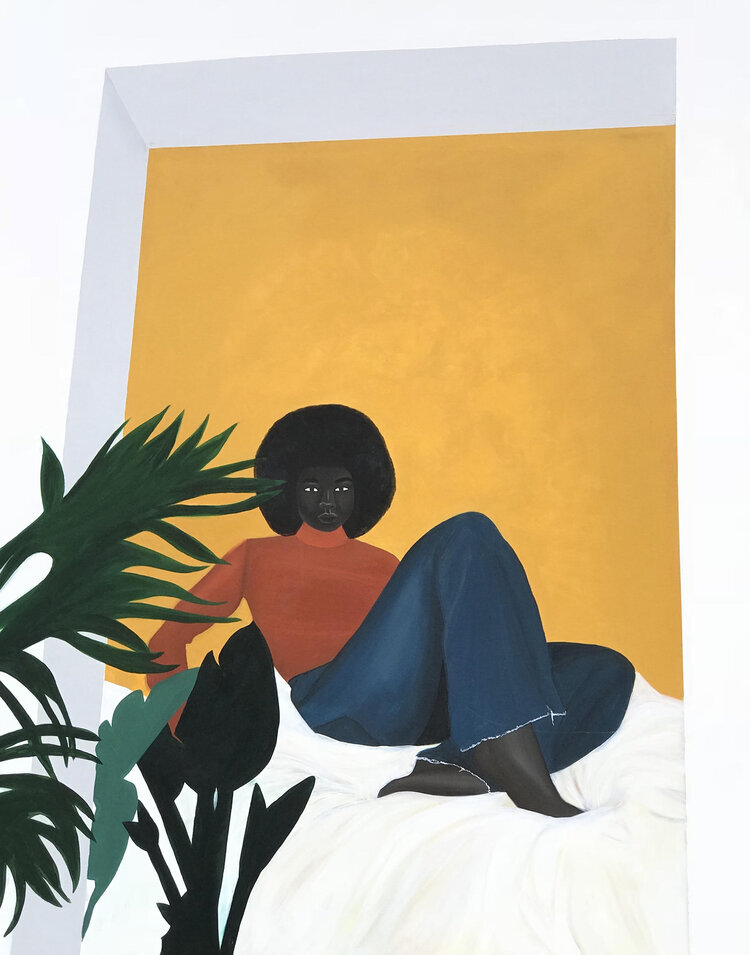
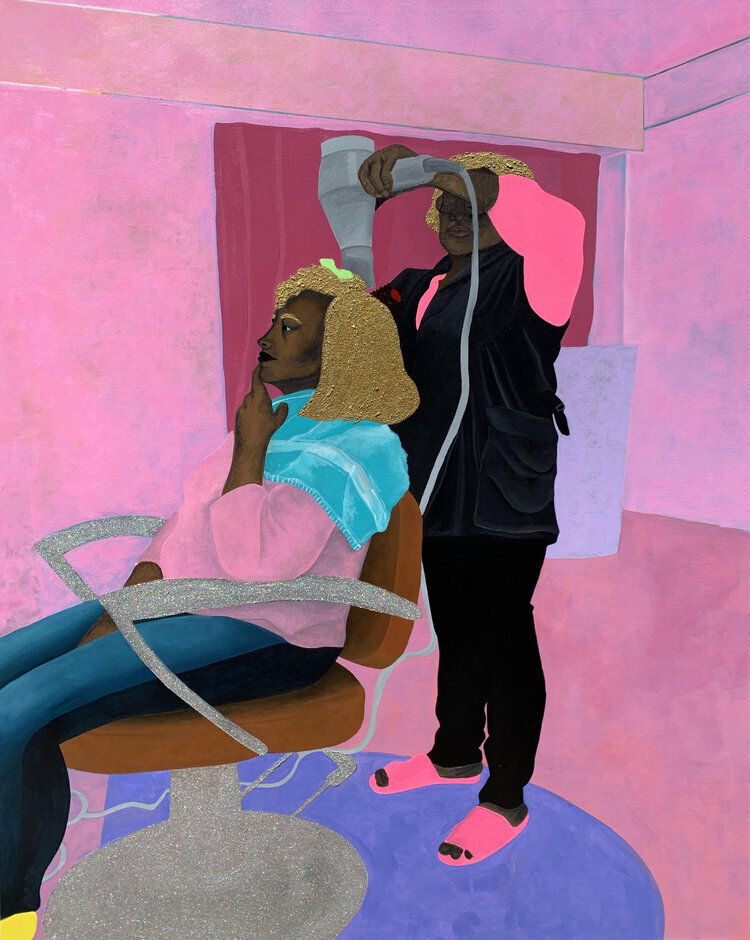
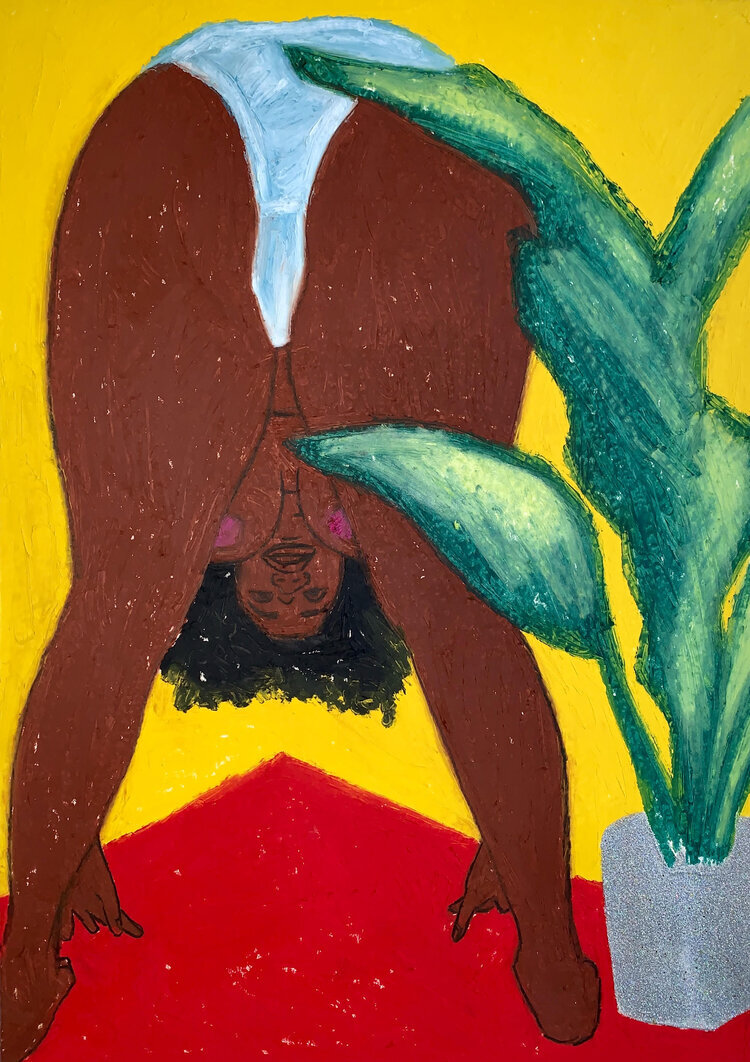
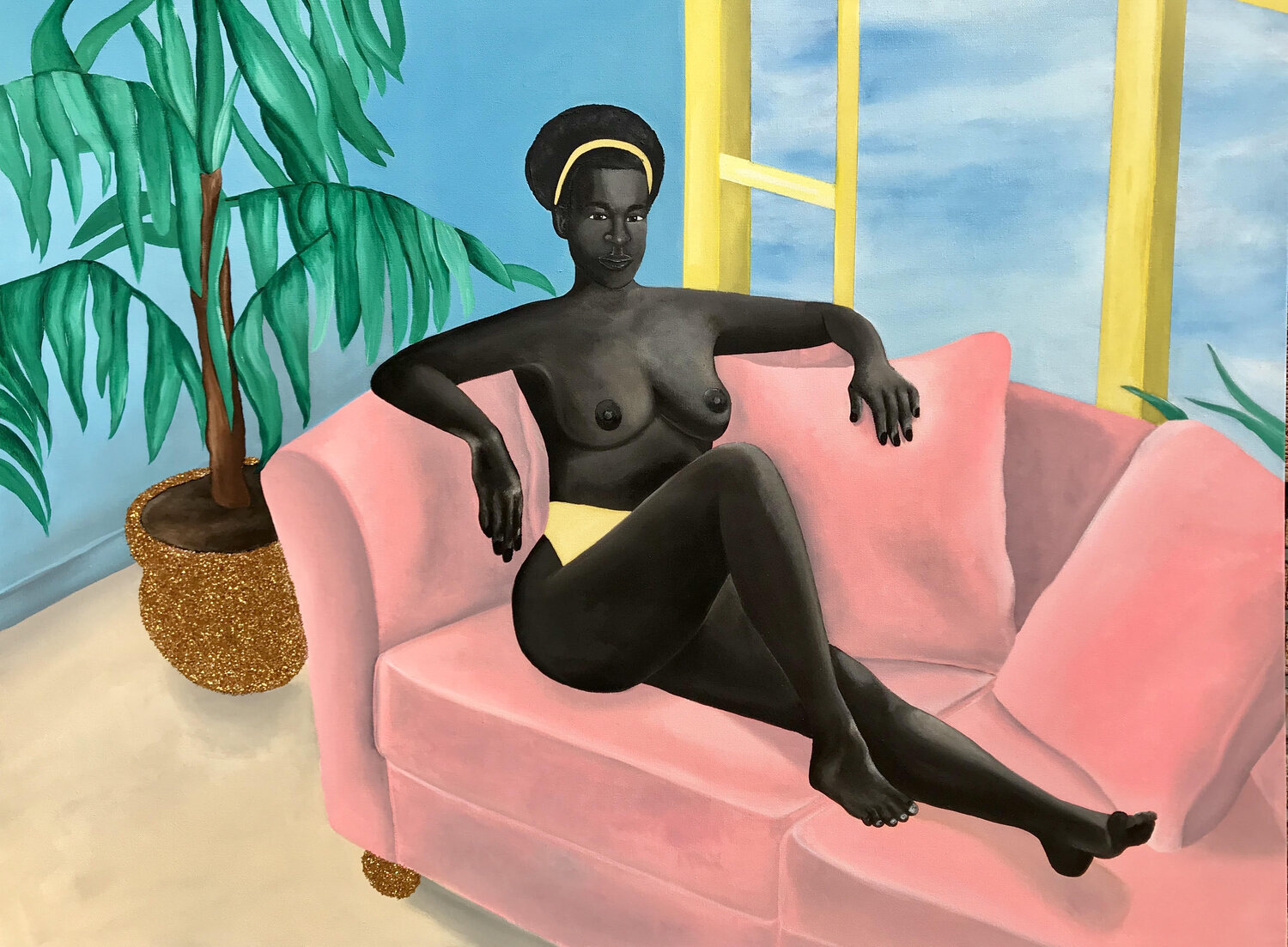
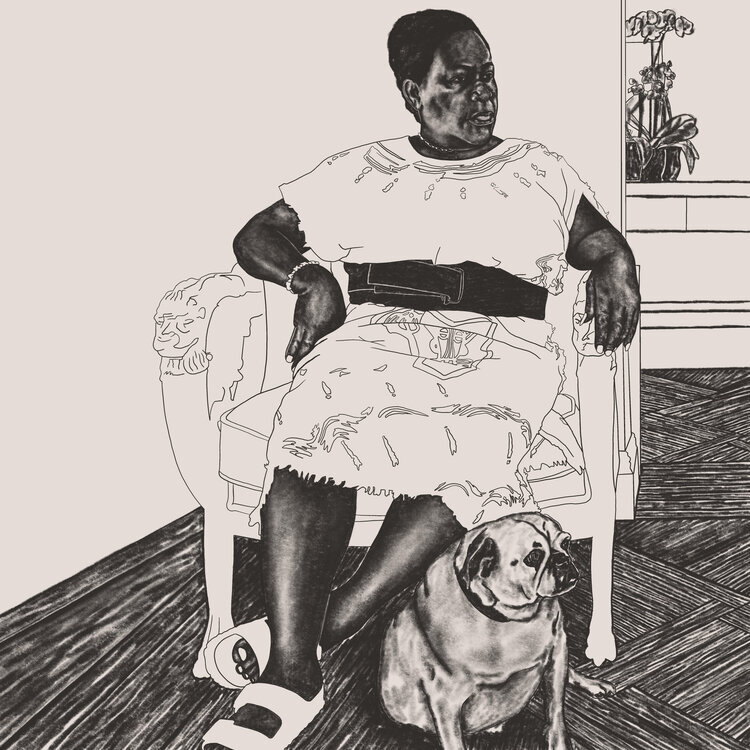
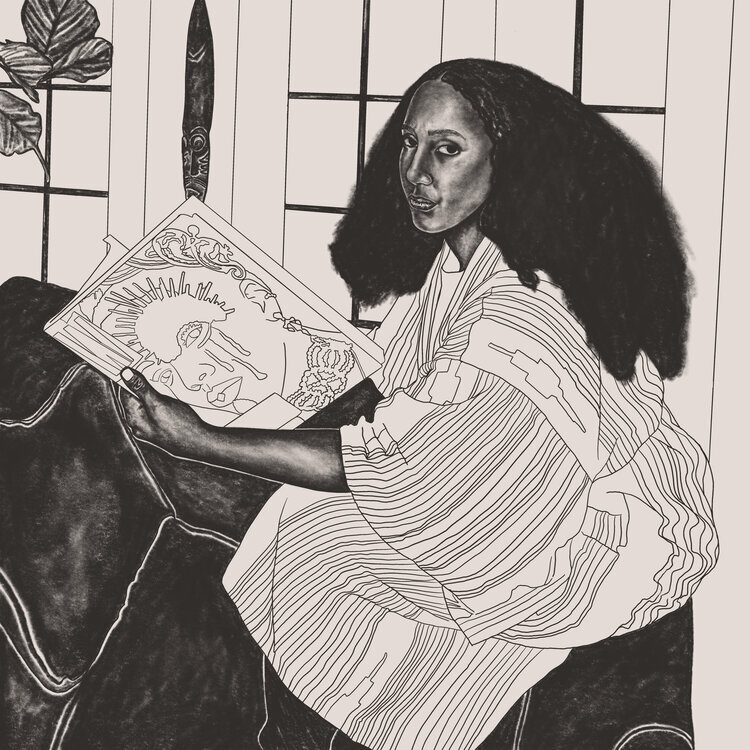
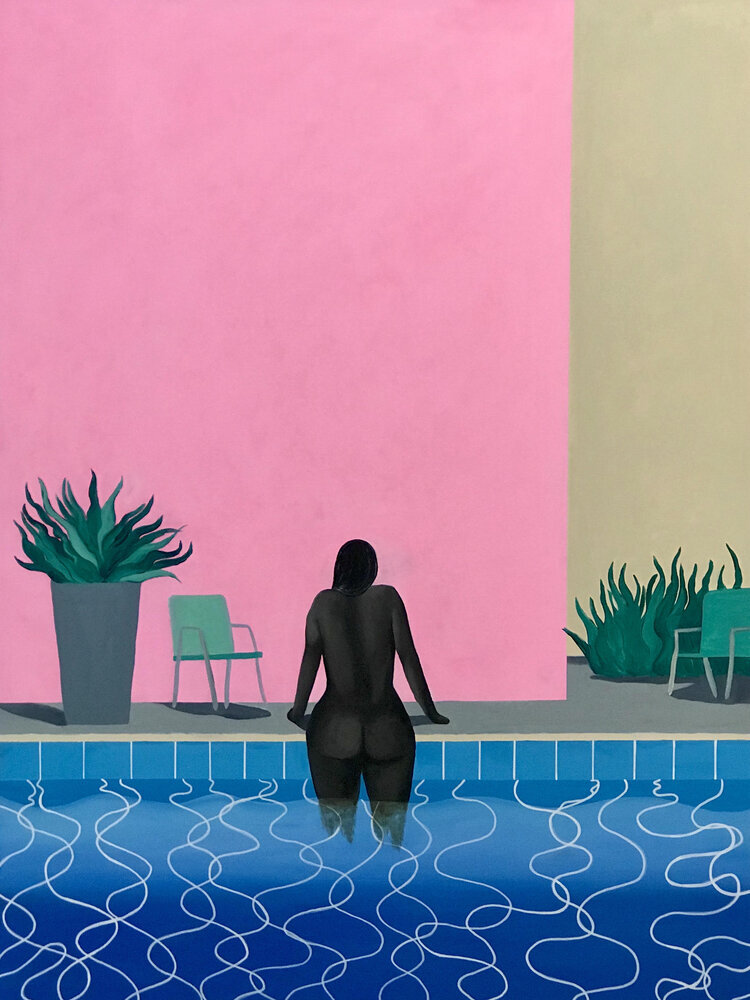
Tiffany Alfonseca (b. 1994, Bronx, NY) is a Dominican-American mixed media artist who creates vibrant celebratory works about Black and Afro-Latinx diasporic culture. Alfonseca mines her cultural history to inform a dynamic conceptual cantilever for her artistic practice. At the core of her work is a declaration, a clarifying condition that Black and Afro-Latinx identities do not exist as a monolith. Alfonseca honors the varied and complex cultural cornucopia of communities and identities that encompass Black and Afro-Latinx identities.
Beauty, diversity, and multilingualism are prominent recurring themes. Alfonseca situates her subjects within bold settings as an activating device to highlight the vibrant communities she observes. Her observations and lived experiences are referential materials that she mines to construct new narratives that counter limited approximations about Dominican-American communities in the Bronx. Alfonseca engages discourses about womanhood, colorism, double consciousness, class, family, ritual, and memory. Those discourses inspire what she has described as an “ontological framework” that is responsive to her experiential worldview.
Alfonseca’s subjects are depicted with strength, grace, and agency. Declarative and reassuring, Alfonseca’s work serves as a safe space, a joyful rumination about Black and Afro-Latinx identity. Recent exhibitions include, Como Nosotros Somos, New Image Art Gallery, Los Angeles, CA (2020); Art Fair 154, Gallery 1957, London (2020); The Medium Is The Message, UnitLondon, London (2020); Everyday is Sunday, UTA Artist Space, Los Angeles, CA (2020); Afro Syncretic, NYU, NYC (2019)













